Author: Polzer
Salão do automóvel
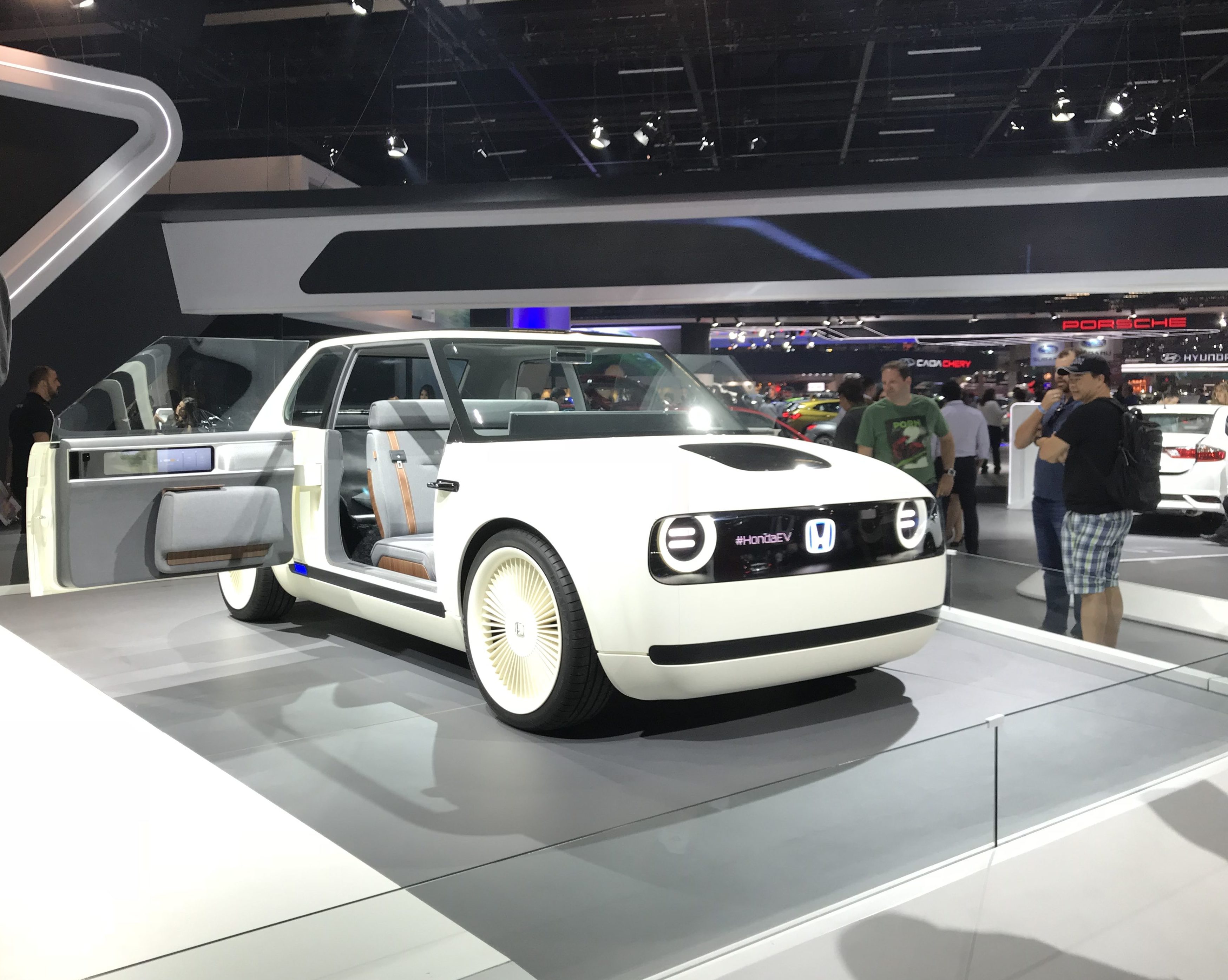
Less waste, more value! – Salão do automóvel
The Salão do automóvel in São Paulo represents the latest in motorsport and occurs every two years since 1960. Although many cars appear with sustainable resource-saving solutions, replacement of fossil fuels with sustainable energy sources such as electric, solar, and hydrogen, the event still does not care about the simple waste separation.
All waste are mixed in a single collector; food and beverage operators use a lot of disposable cups, plates and cutlery, and apparently none of this is valued, but we can change that by simply changing waste streams and procedures, bringing economic and environmental benefits. Let’s do it!
Campaign – Less waste, more value!
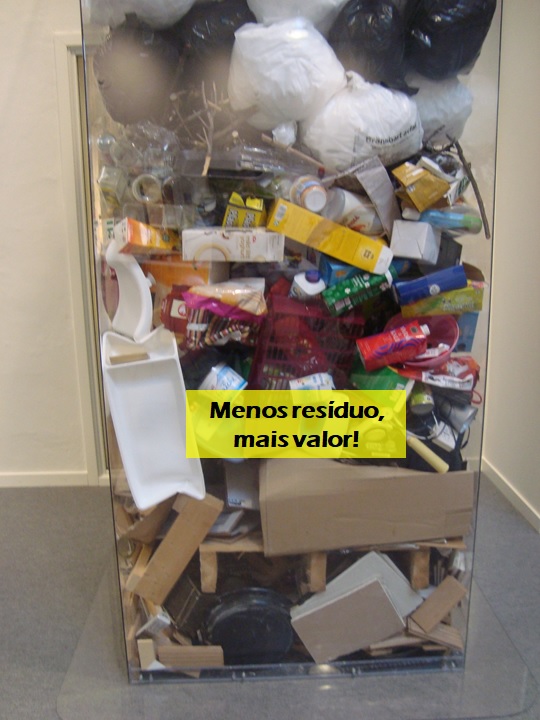
In my wanderings around I decided to create a series of notes about waste in the urban environment. The idea is to draw attention to the waste of resources and the power we have as consumers to demand changes towards sustainable development!
Keep up with the posts and be a change agent too!
Sweden – 99% recovery of MSW

Did you know that a Swede generates around 420 kg of waste per year? The city of Borås in Sweden has created this totem to draw citizens’ attention to the amount generated and helps them reduce that generation and correctly allocate whatever is generated. Despite the great generation, the country is able to divert 99% of its waste for recycling, composting, biodigestion and energy recovery, less than 0.7% goes to landfills.
That Sweden is our inspiration, it is not impossible and this change begins with each one of us. Have you separated your waste today? And the organic, let’s compost?
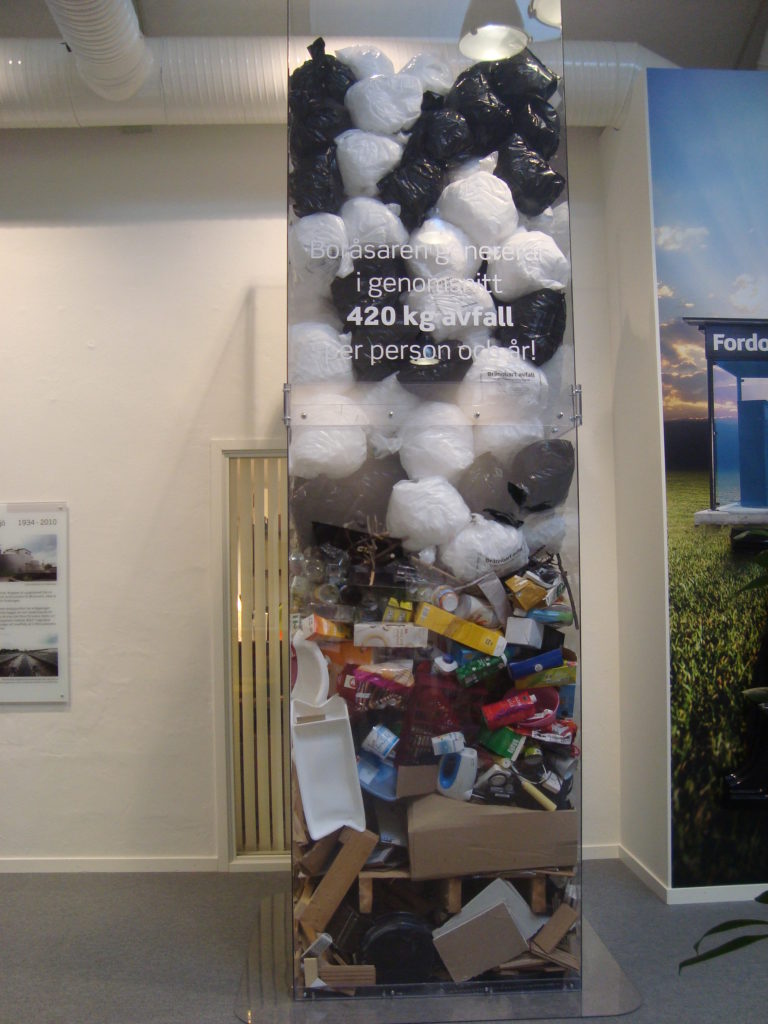
Picture: POLZER, 2014.
Homemade composter
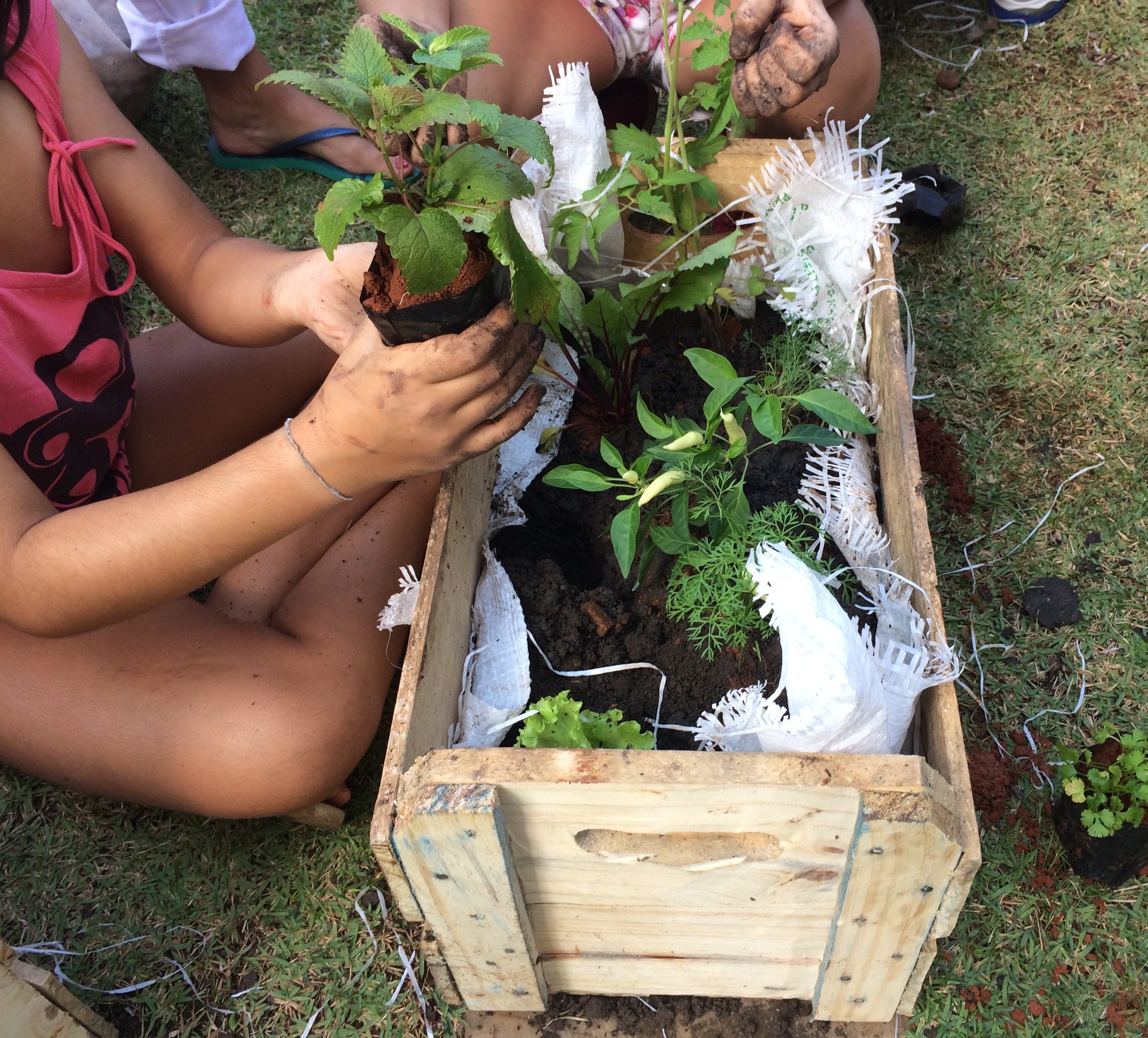
What is composting?
It is the transformation of organic waste (food scraps, fruit peels, vegetables, garden pruning, coffee grounds, eggshells, etc.) into fertilizer
How to make?
1 – Divide your waste in:
Food waste Recyclables Refuse
2 – Take the food waste to the composter
3 – Cover with coffee and dry leaves
4 – Use the fertilizer in gardens and vegetable garden
Let´s do composting?
Complete project for your household condominium, business, schools, parks, etc.
- Lectures, courses and training
- Manufacture of composters
- Urban garden project
Lamps recycling
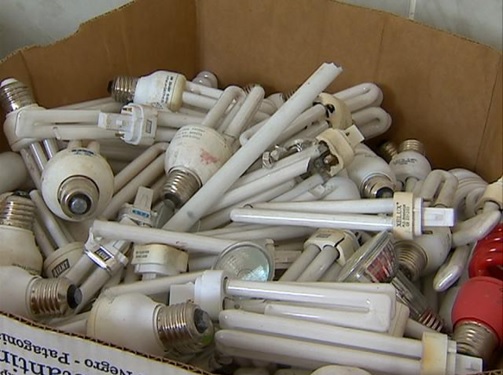
Saiba como destinar suas lâmpadas. Esse material contém componentes tóxicos e devem ser entregues nos pontos de coleta, não deixe de fazer a sua parte!
O primeiro PEV (ponto de entrega voluntário) foi instalado em dezembro de 2016 e hoje já temos mais alguns pontos. e o objetivo é universalizar essa coleta atendendo todo o Brasil.
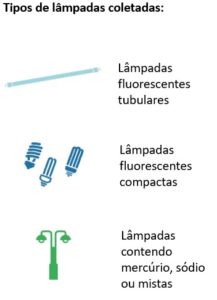
“No Brasil, a demanda para o tratamento de lâmpadas atinge 300 milhões de unidades e somente 6% são encaminhadas para a reciclagem (1). A logística reversa das lâmpadas constitui um dos programas com mais obstáculos a serem implementados como: o correto acondicionamento das lâmpadas em uma caixa apropriada para que sejam acumuladas para a coleta no caso de grandes geradores; a falta de pontos de coleta para consumidores em geral; a falta de incentivos no setor e o alto custo de toda a cadeia. Outro fator agravante são as lâmpadas que chegam de forma ilegal ao país e que competem com as lâmpadas nacionais (2)”
O programa de logística reversa de lâmpadas teve início em 2017 e já conta com vários pontos de coleta. Para saber o ponto de coleta mais perto de você basta acessar o site da reciclus (responsável pela logística reversa das lâmpadas) e colocar o seu CEP.
(1) MATOS, Waleria. Por um mercado mais sustentável. Revista Lumière Electric. Instalações e materiais elétricos, São Paulo, ed. 211, p. 39-42, nov. 2015.
(2) Polzer, Verônica. Desafios e perspectivas rumo ao gerenciamento integrado de resíduos sólidos nas cidades brasileiras: contribuições a partir de estudos de caso europeus. Tese (Doutorado em Arquitetura e Urbanismo) – Universidade Presbiteriana Mackenzie, São Paulo, 2017.
Radon emission in ornamental rocks
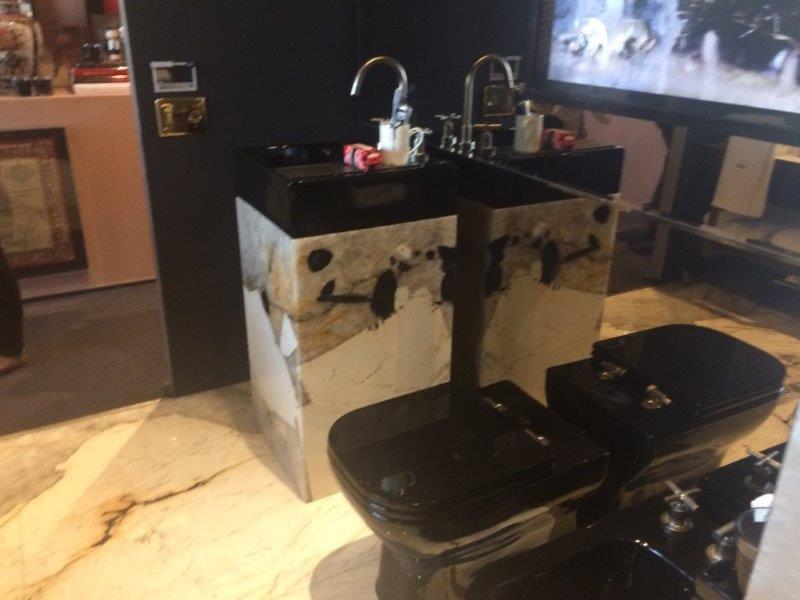
How’s the waste-to-energy work?
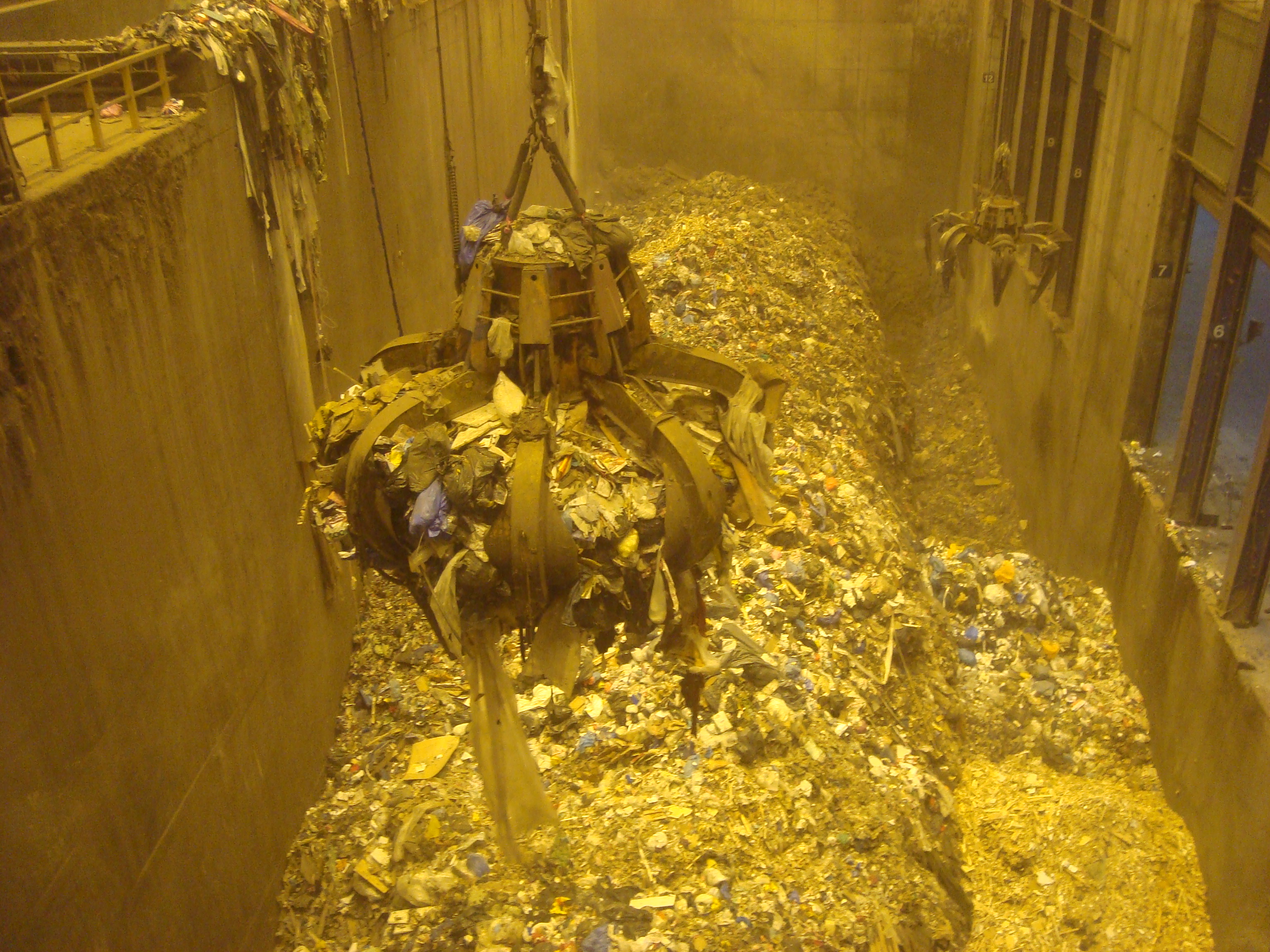
This video demonstrates the operation of a waste-to-energy. It is a well didactic video where it is possible to follow step by step, from the waste arrival, the energy transformation and distribution in the public network.
CASACOR São Paulo 2017
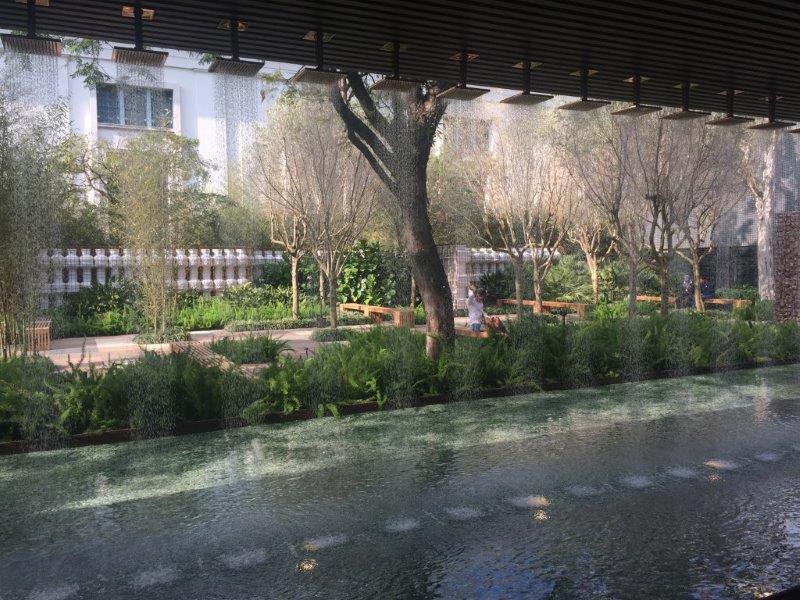
CASACOR São Paulo 2017 was a success, we managed to divert more than 98% of solid waste generated during the assembly, exhibition and disassembly phases.
- The debris was sent to recyclers that transform the material into nonstructural aggregate;
- The plaster was sent to cement plants that use the plaster powder as an additive in the cement;
- The wood was transformed into chips for biomass generation and part donated to NGOs;
- Paper, cardboard, plastics, metals, glass and styrofoam were sent for recycling;
- The organic waste produced by the restaurants was transformed into fertilizer. We managed to treat 3,500 kilos of food waste and garden pruning through an equipment that uses enzymes to accelerate the process (partnership with the company Dar Vida);
- More than 30 tons of building materials such as floors, glass, mirrors, and woods were donated to NGOs.
NGOs and COOPERATIVES
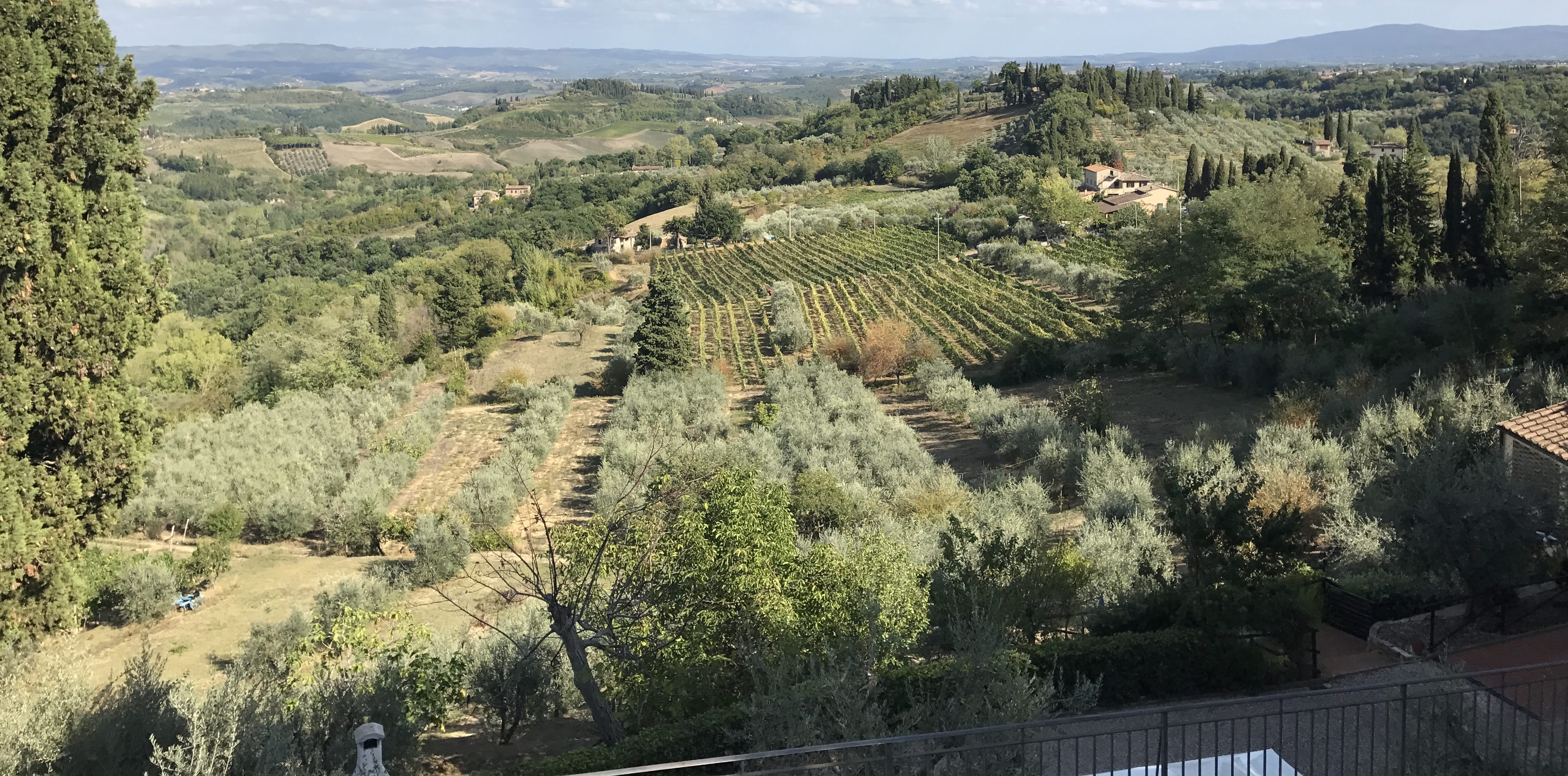
Our mission is to help our customers avoid the waste generation and to allocate in an environmentally appropriate way those that were generated, following the National Policy of Solid Waste hierarchy that is the non-generation, reuse and recycling and as a last option the waste destination to landfills.
In this way, we would like to promote reuse with materials donations mainly to NGOs and Waste Pickers Cooperatives. If you participate in one of these institutions and would like to receive donations please contact us by sending the following information:
- Institution Name
- CNPJ, address, telephone and contact email
- For NGOs: social contract, previous year’s activity report
- For cooperatives: Exemption from the operating license of Cetesb
We look forward to your contact!
Doctoral thesis publication

 Challenges and perspectives towards the integrated management of solid waste in Brazilian cities:
Challenges and perspectives towards the integrated management of solid waste in Brazilian cities:
contributions from European case studies
ABSTRACT
Currently, more than 1.3 billion tons of solid waste are produced every year around the world from households, hospitals, industries, among others. Most of this volume has as final destination places like dumps, groundwater, wasteland and other spaces that are not prepared to receive such material. Due to the large impact generated by the solid waste on the environment and public health, it is necessary to develop an integrated plan for solid waste management, which combined with other public policies can promote social, economic and environmental aspects of urban centers. Thus, the National Policy of Solid Waste, a regulatory milestone in Brazil, was important to clarify the role of each agent in solid waste management and also to determinate the definitive closure of dumps. Also, established the following hierarchy in solid waste management: waste reduction at source, reuse, recycling, energy recovery and then, landfill disposal. Therefore, significant changes in solid waste management will be needed in the coming years and this issue should be addressed with other public policies through an integrated and coordinated way, considering solutions in medium and long term. In Europe, Sweden along with, Denmark, Netherland, Austria, Germany and Switzerland, form a group of countries which allocate less than 1% of waste to landfills. Sweden was the country chosen to illustrate the engineering techniques in collection and proper disposal of solid waste because it has high rates of recycling, composting and energy recovery. Furthermore, its integrated solid waste management is part of a national program for sustainable development called SymbioCity, turning the Swedish cities research example, achieving results close to 100% in proper waste destination.
Keywords: Municipal solid waste management. Urban planning. Europe. Sweden. SymbioCity.
POPULÄRVETENSKAPLIG SAMMANFATTNING
För närvarande genereras mer än 1,3 miljarder ton fast avfall i världen årligen från bland annat hushåll, sjukhus och industrier. Merparten av detta läggs i soptippar eller grundvatten eller hamnar på andra platser som inte är anpassade eller lämpade för att ta emot sådant material. På grund av den stora påverkan som fast avfall har på miljö och folkhälsa är det nödvändigt att ta fram en genomtänkt plan för avfallshantering, vilken tillsammans med andra offentliga riktlinjer kan ge en ökad livskvalitet för medborgarna genom att bättre ta hänsyn till sociala, ekonomiska och miljömässiga aspekter i städerna. National Policy of Solid Waste, en milstolpe för avfallsregleringen i Brasilien, har därför varit viktig för att tydliggöra varje aktörs roll i avfallshanteringen och för att identifiera vilka soptippar som behövde avslutas. Följande hierarki fastställdes även för avfallshantering: minskat avfall vid källan, återanvändning, materialåtervinning, energiåtervinning och sist deponering. För att få till lösningar på medellång och lång sikt måste stora förändringar vidtas i avfallshantering i Brasilien under de kommande åren. Avfallsfrågan behöver dessutom integreras och samordnas med andra offentliga mål och riktlinjer för uthållig samhällsutveckling. I Europa bildar Sverige tillsammans med Norge, Danmark, Nederländerna, Österrike, Tyskland och Schweiz en grupp av länder där mindre än 1 % av hushålls- och industriavfallet läggs på deponi. I denna studie har Sverige valts ut av länderna, på grund av dess höga grad av återvinning, kompostering och energiåtervinning, för att illustrera olika metoder som kan användas för att samla in och hantera avfall på ett effektivt sätt. Integrerad avfallshantering är dessutom en del av ett nationellt program för hållbar utveckling, SymbioCity, som tar tillvara svenska städers forskningserfarenher för att åstadkomma lämplig hantering av snart sagt allt hushålls- och industriavfall.
Nyckelord: Kommunal avfallshantering. Stadsplanering. Europa. Sverige. SymbioCity.
Sustainability meetings
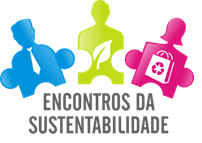
On this Thursday, August 25, Polzer Environmental Management will participate in the work shop – Sustainability Meetings – of Virada Sustentável together with Eccaplan / Sou Residuo Zero at FEA-USP. Already registered?
Our challenge:
“Knowing that a typical Brazilian generates around 382kg of waste per year, a European 500kg and an American 800kg, how to engage people to consume less, change their habits and thus avoid waste production, towards a zero waste lifestyle.
References:
Sou Resíduo Zero – http://souresiduozero.com.br
Zero Waste Europe – https://www.zerowasteeurope.eu
Zero Waste International Alliance – http://zwia.org
Zero Waste Home – http://www.zerowastehome.com
Trash is for tossers – http://www.trashisfortossers.com
The Rubbish Diet – http://www.therubbishdiet.org.uk
Videos:
You can live without producing trash – https://www.youtube.com/watch?v=nYDQcBQUDpw&list=PLSMWu1sj0PPfweYqvefF4jdI8f9GtTboO&index=4
Why I live a zero waste life – https://www.youtube.com/watch?v=pF72px2R3Hg&index=5&list=PLSMWu1sj0PPfweYqvefF4jdI8f9GtTboO
Zero Waste Home – https://www.youtube.com/user/ZeroWasteHome
Woman Shares Her Zero Waste Lifestyle Experience – https://www.youtube.com/watch?v=V-kAOP-uvnQ
Family of 7 Living Completely Off-Grid in Northern Canada – https://www.youtube.com/watch?v=v8Pe_u_4q5M
Casacor São Paulo 2016 – video
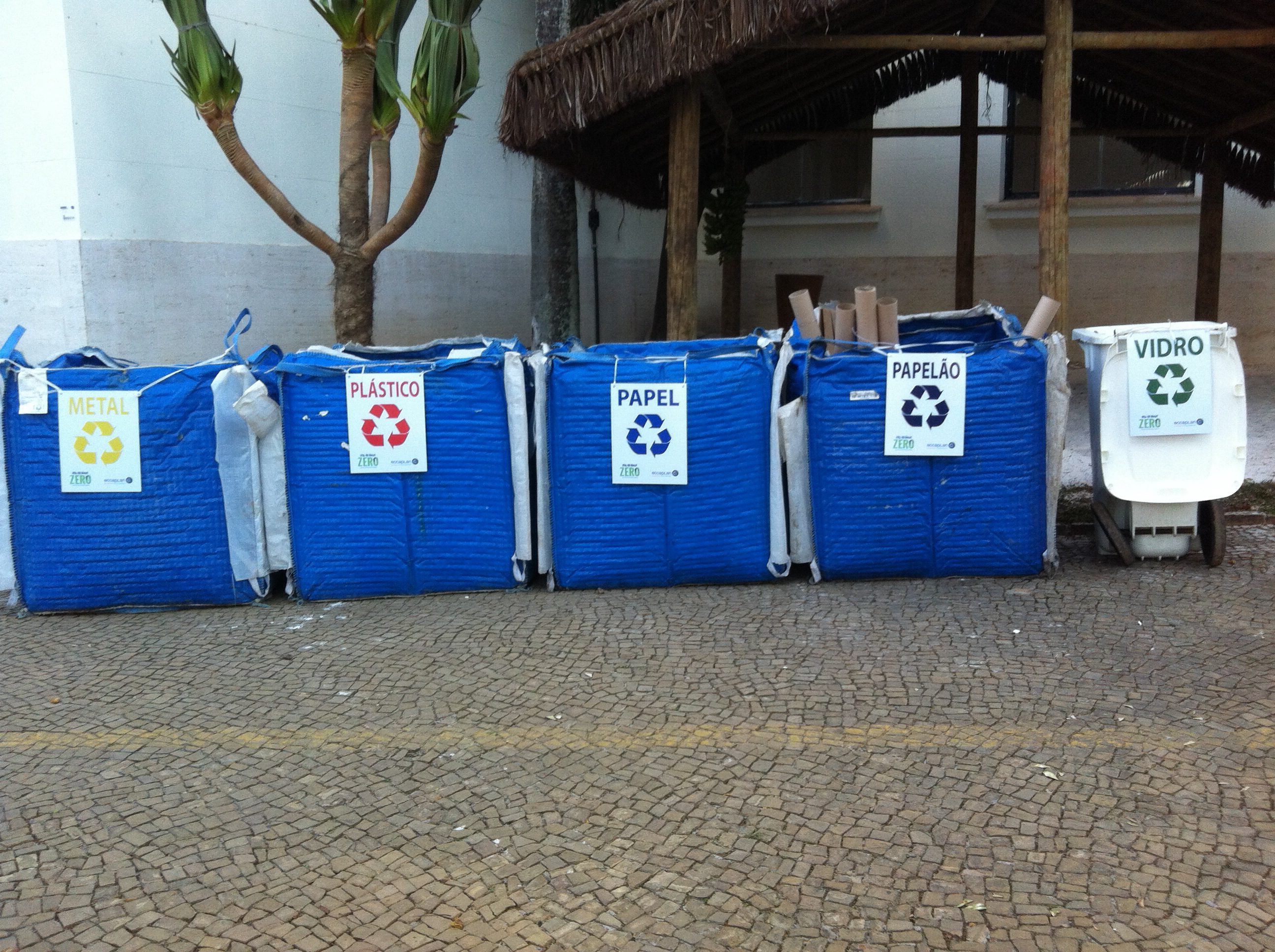
Check out the video of CASACOR São Paulo 2016
It was an honor to have participated in the Casacor Waste Management 2016
We managed to divert more than 80% of the waste that went to landfills to recycling and composting !!!
CASACOR 2016
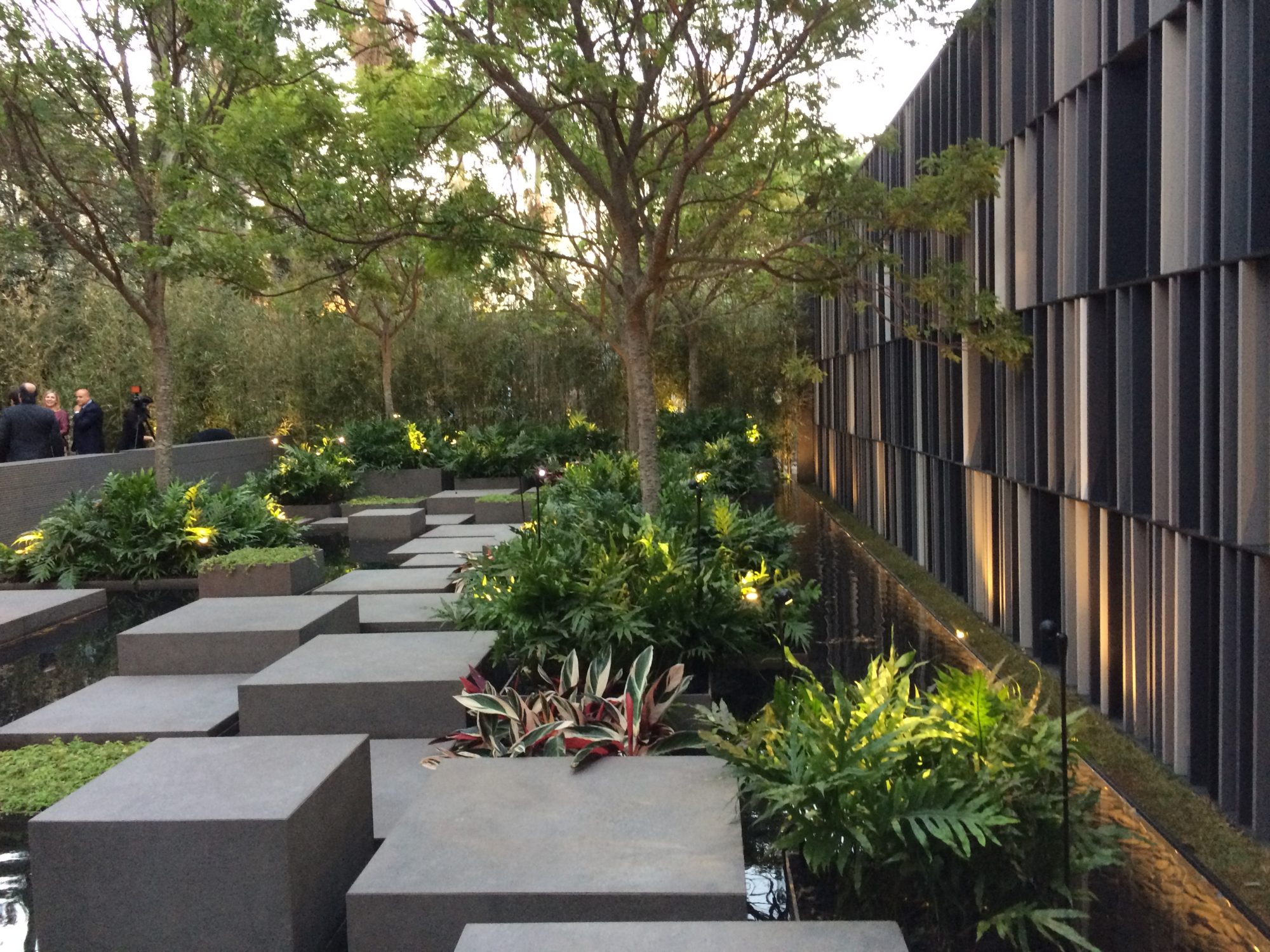
CASACOR 2016
Separation and recycling of construction and demolition waste, recyclable waste and organic composting. More than 90% of the waste was diverted from landfills.
Composting of organic material during the exhibition and recycling of all waste produced during assembly, exhibition and dismantling:
Construction and demolition waste separated by a bucket and intended for recycling: rubble, wood, plaster and scrap metal.
Large Generators

Read the mayor’s report and find out if your business or establishment is a great generator and fits under Decree 48251/2007.
Polzer Environmental Management is a company focused on reducing the waste generation at source and the diversion of waste generated for recycling and composting.
By reducing and treating the waste properly the customer saves with transportation and landfill rate.
We have partnerships with companies that collect and transport each type of waste. We offer a complete solid waste management solution for your business!
Eletronic waste
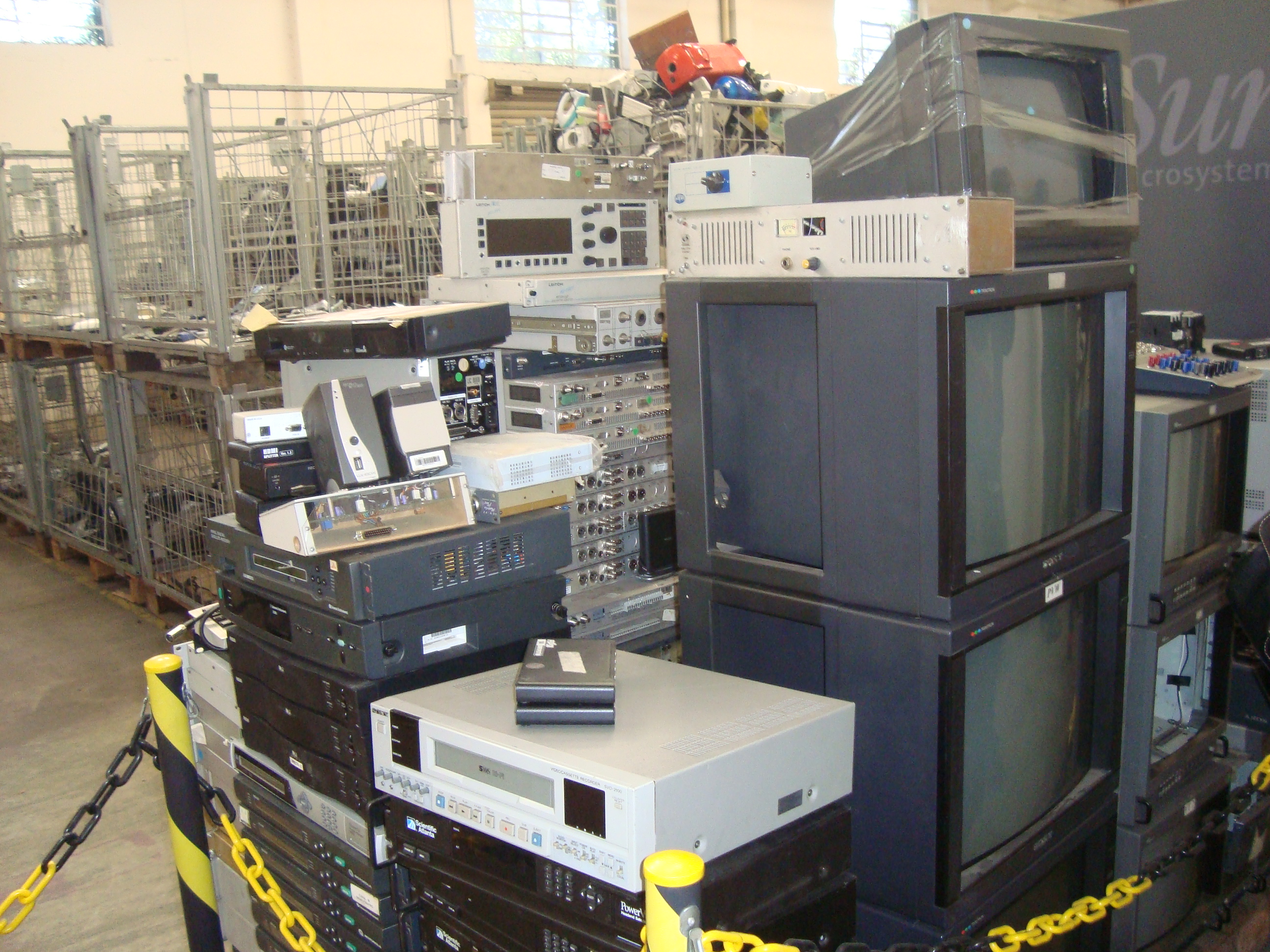
How to properly dispose of electro-electronic waste?
If you have electro-electronic equipment that is broken or unused and you do not know how to dispose of it, look for a cooperative or a voluntary delivery point that receives this material.
I would like to recommend the work of Coopermiti, a registered São Paulo cooperative. They collect electroelectronic waste in large quantities from collection points and large generators and also receive the material on site.
E-waste delivery locations:
Coopermiti
(11) 3666-0849 / 99301-7696 – Rua João Rudge, 366 – Casa Verde
Pontos de coleta da Coopermiti:
CEU FORMOSA – (11) 2216-4622 – Rua Sargento Claudiner Evaristo Dias, 10 – Parque Santo Antônio
COLÉGIO HEITOR GARCIA – (11) 3853-4996 – Rua Roma, 350 – Lapa – CEP 05005-090 – Horário de funcionamento para o descarte: 7 às 19 h.
CONTINENTAL SHOPPING – 4040-4981 / 2666-3830 – (pequenos objetos) Av. Leão Machado, 100 – Jaguaré
ETEC PINHEIROS – APM – Escola Técnica Estadual Guaracy Silveira – (11) 3813-3986 Rua Ferreira de Araújo, 527 – Pinheiros
E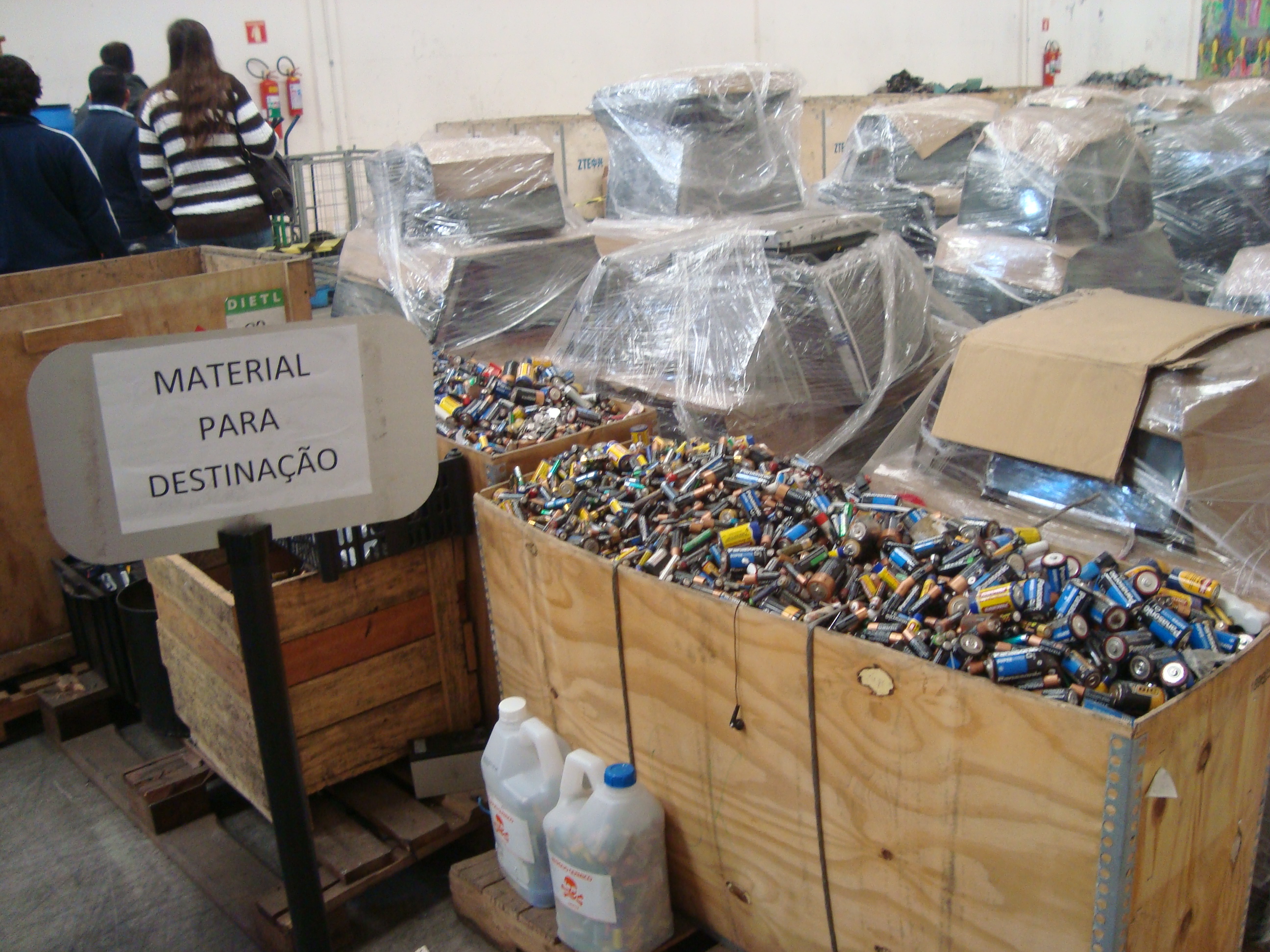 TEC Vila Formosa – (11) 2211-6485 – Rua Bactória, 38 – Jardim Vila Formosa
TEC Vila Formosa – (11) 2211-6485 – Rua Bactória, 38 – Jardim Vila Formosa
PAÇO CULTURAL JULIO GUERRA – (11) 5523-6455 – Praça Floriano Peixoto, 131 – Santo Amaro
PARQUE LUIS CARLOS PRESTES – (11) 3721-4965 – Rua João Della Manna, 665 – Butantã
PARQUE DA PREVIDÊNCIA – (11) 3721-8951 – Rua Pedro Peccinini, 88 – Jardim Previdência
PARQUE ALFREDO VOLPI – (11) 3031-7052 – Rua Engenheiro Oscar Americano, 480 – Morumbi
SANTANA PARQUE SHOPPING – (11) 2238-3002 (pequenos objetos) – Rua Conselheiro Moreira de Barros, 2.780 – Santana
* Materials not received: lamps, TVs and monitors open or cracked, leaking chemical component.
* Do not collect only batteries, but if they are with e-trash at the time of collection, they are part of the Abinee program.
* Offering service for the following items on a budget:
– Monitor and TV CRT, Monitor and TV LCD, Fiber optic, Magnetic tapes (DAT, VHS, K7, BETACAM, DISQUETES, etc …), toner and ink cartridge.
Swedcham lecture
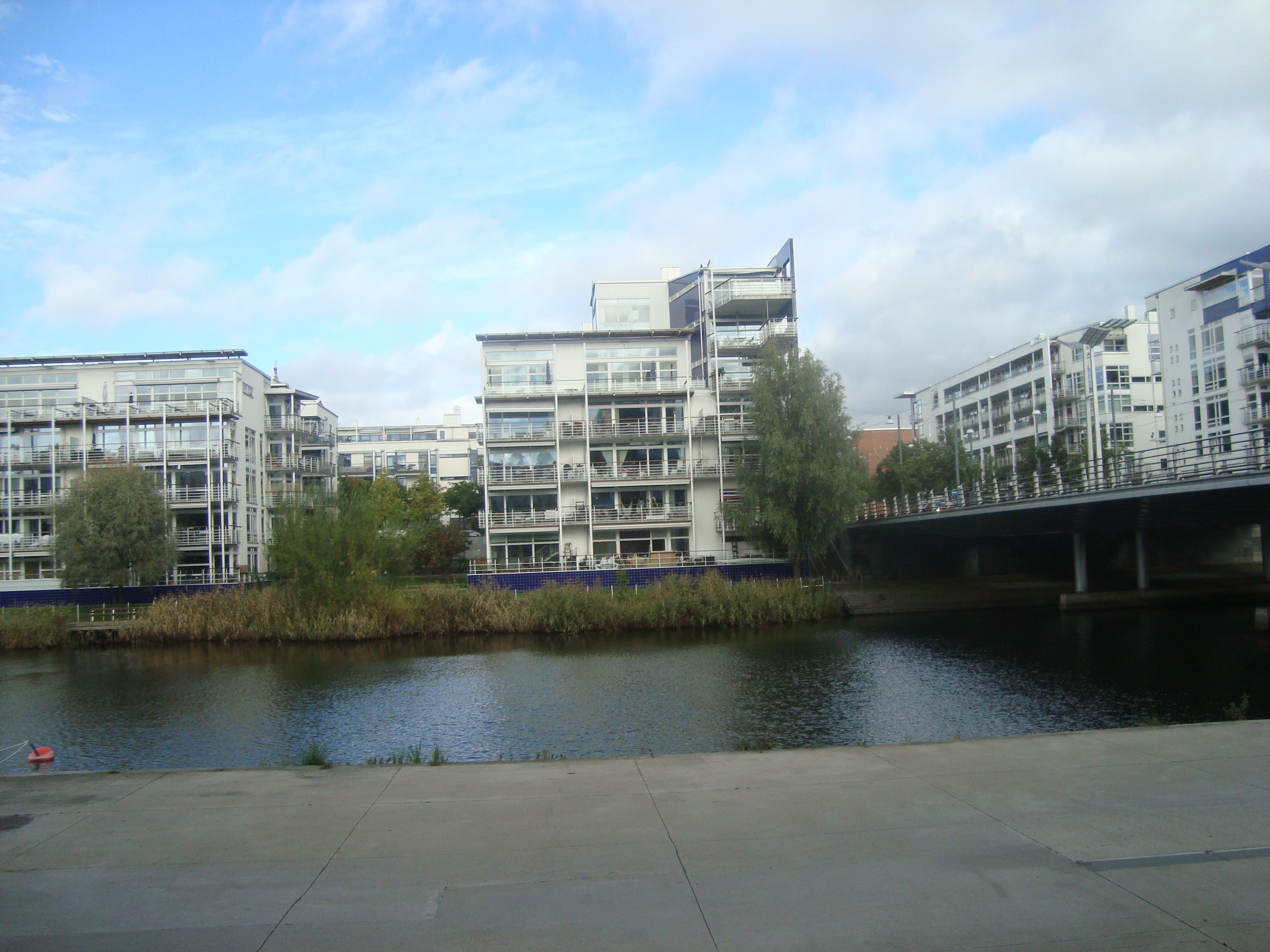
Alexandra Andersson’s blog about the Symbiocity lecture at the Brazil-Sweden Chamber of Commerce.
Check the article in the link: http://blog.liu.se/alexandraandersson/tag/polzer/
Borås, Sweden – Recycling 99% of MSW
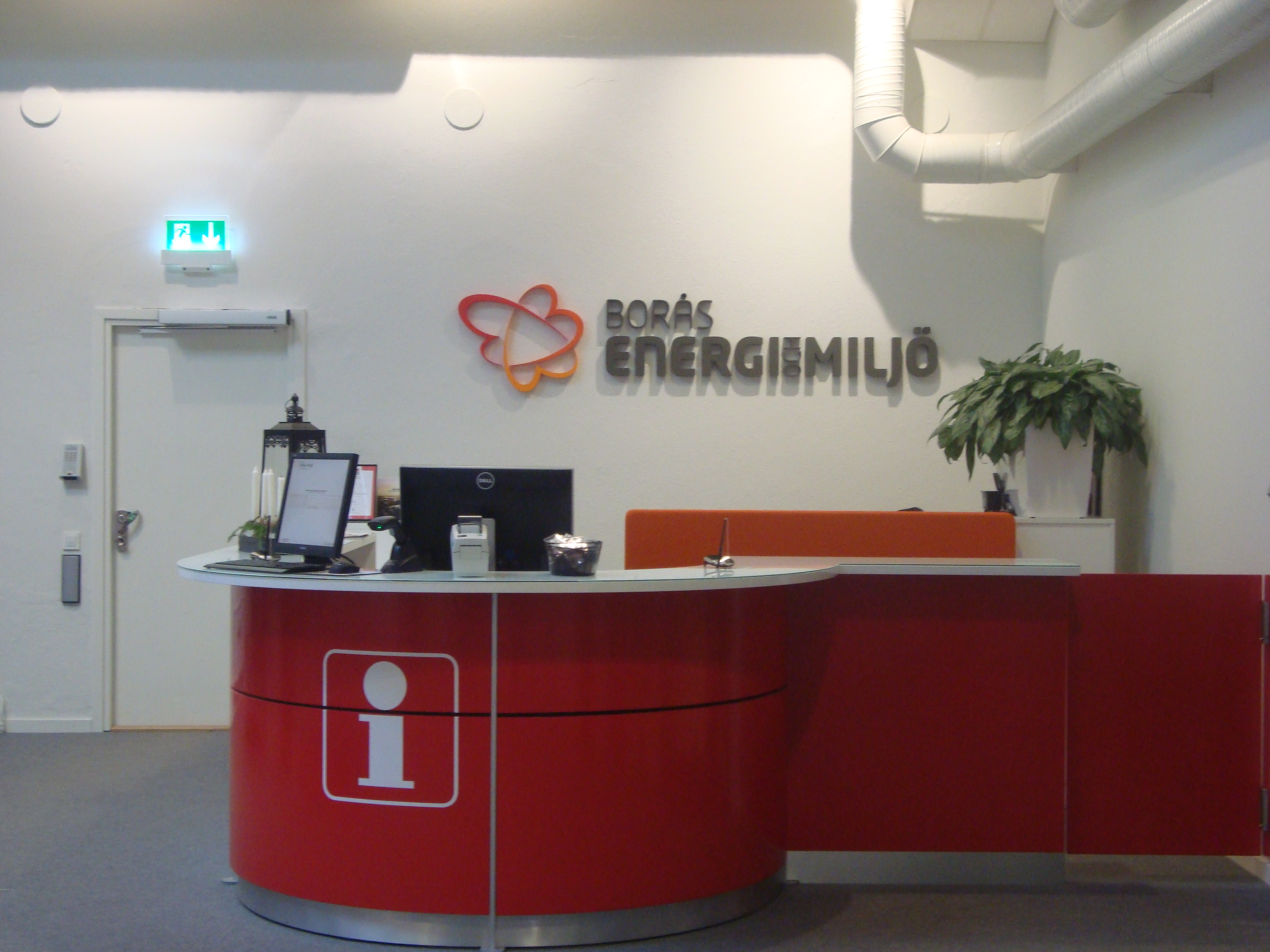
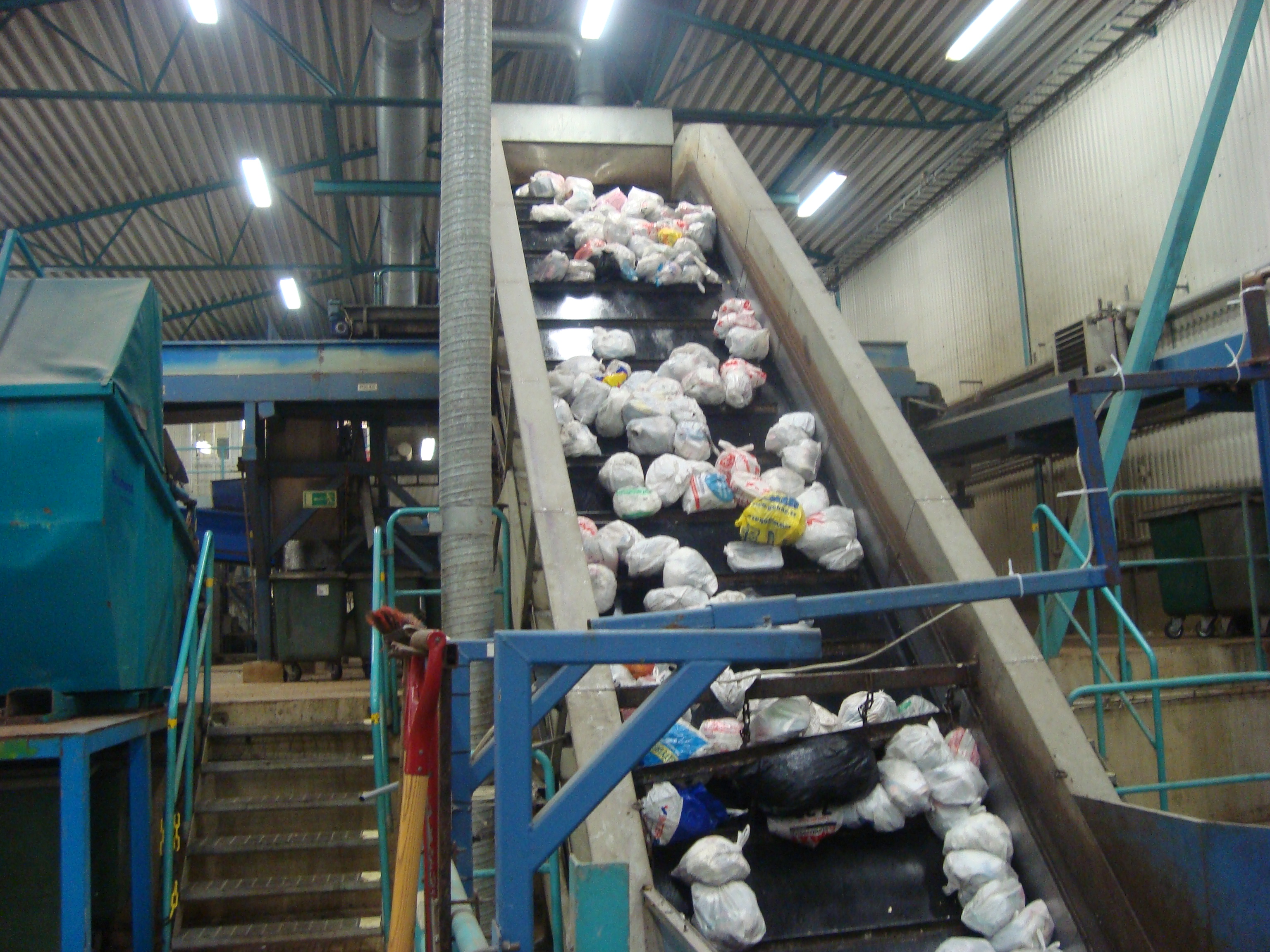
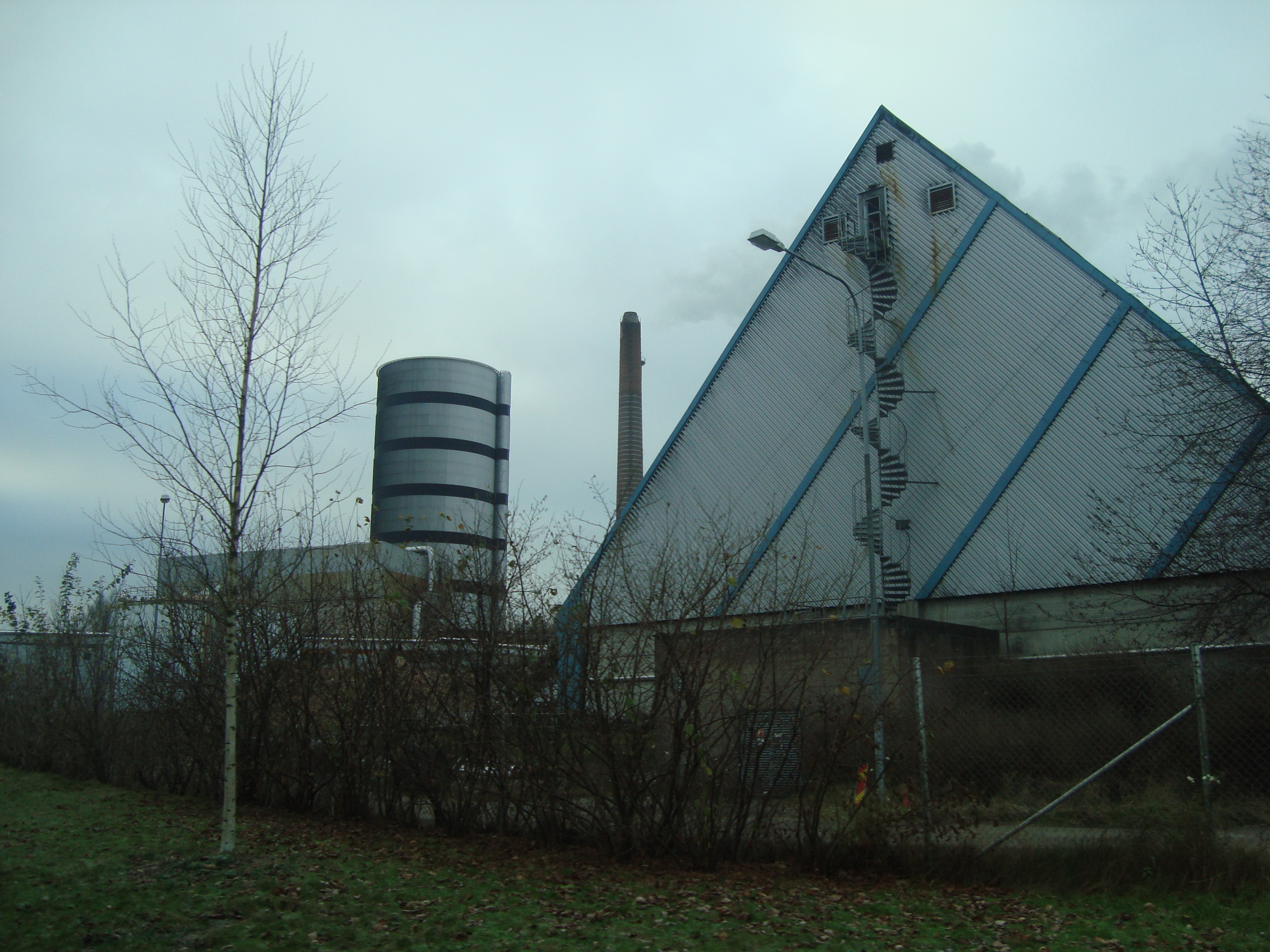 I was able to visit the Borås city in Sweden and check the optical waste separation system, 99% of the waste is harvested (organic and sewage for biogas production, recyclables go back to the industries and waste rejects energy, only 1% goes for landfills). Each has its responsibility for the system to function (government, society, private initiative).
I was able to visit the Borås city in Sweden and check the optical waste separation system, 99% of the waste is harvested (organic and sewage for biogas production, recyclables go back to the industries and waste rejects energy, only 1% goes for landfills). Each has its responsibility for the system to function (government, society, private initiative).
We can do something similar here, just start separating our waste at source: recyclable, organic (for composting) and refuses (which can not recycle or compost). A typical Brazilian produces about 51% organic waste, 35% recyclables and 14% refuses. Therefore, only 14% of what we produce could be destined to landfills, the rest is not trash, but economic, social and environmental resources that we are wasting.
How can I help? Separating waste at home! Do your part so you can charge the government (separate collections and infrastructure) and private initiative (reverse logistics and recycling) the part of them !!!!
Check the article in the link:
Homemade Composter
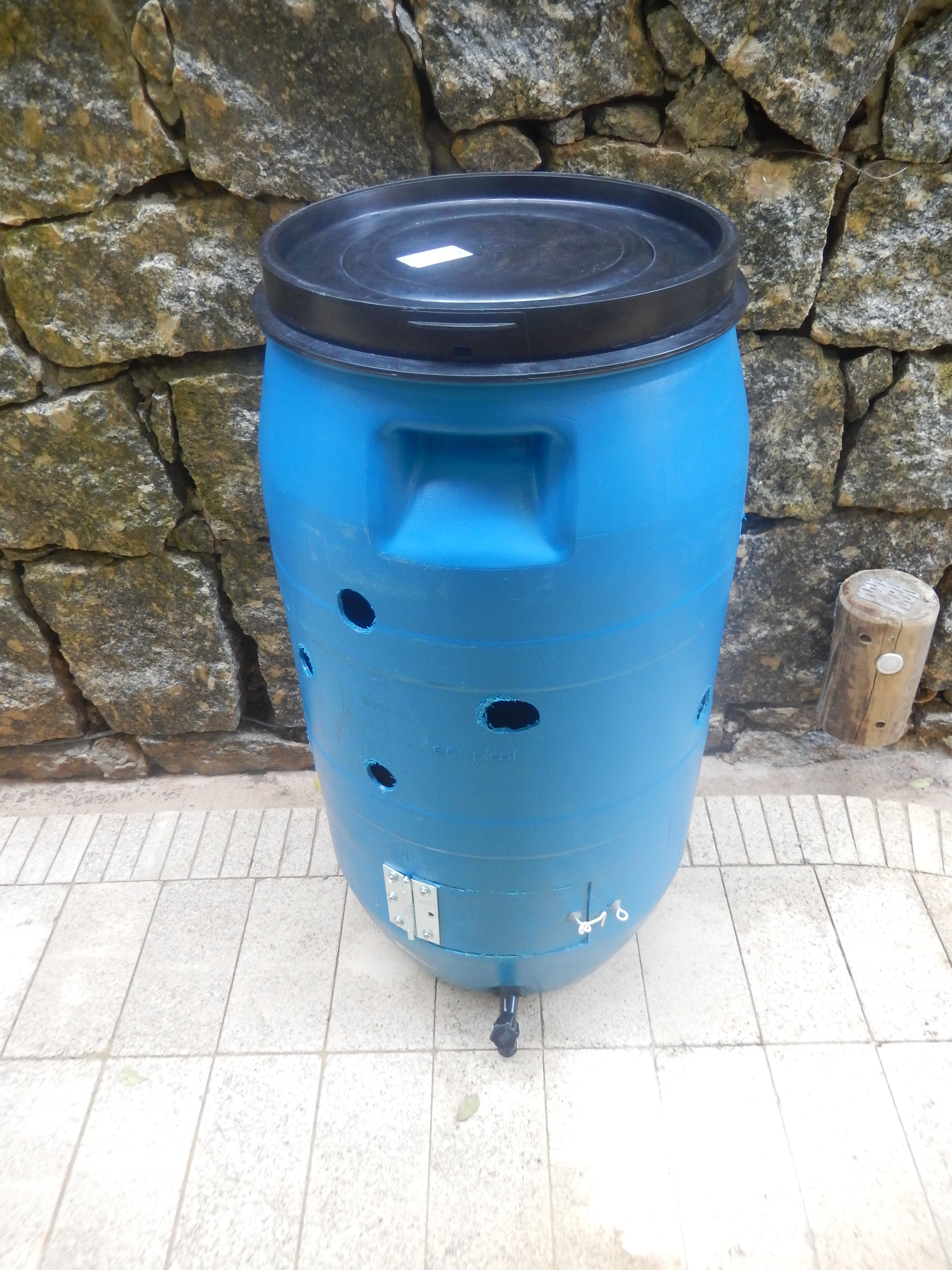
Homemade composter – Do it yourself!

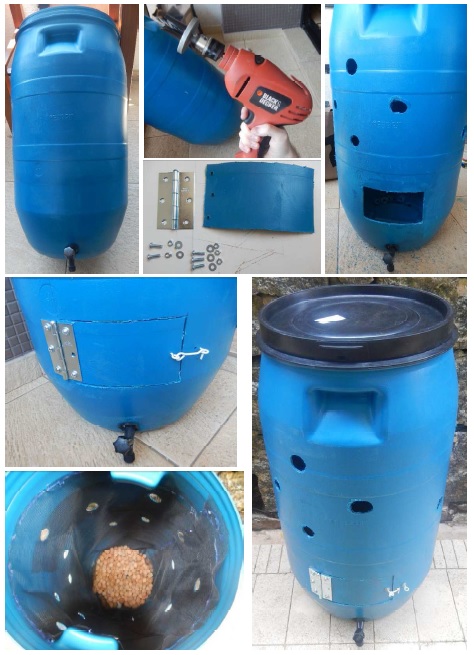 I’m sharing the step-by-step photos of a 100 liter composter that can be used in homes.
I’m sharing the step-by-step photos of a 100 liter composter that can be used in homes.
You will need: 100 liter plastic bottle with faucet; mosquito net (1m); hinge, 6 bolts, 6 washers and 6 nuts for the fertilizer catching door; scissor, stiletto, drill, saw-glass; expanded clay.
What you can put in the compost:
Green (rich in nitrogen)
• Green leaves, grass, flowers
• Garden pruning, plants in general
• Remains of food
• Residues of fruit and vegetable
• Remains of bread crumbs, cookies, cereals
• Remains of cooked grains, flour, pasta and rice
• Coffee eraser (including dishwasher), tea bags …
• Manure of cattle, pigs, goats, sheep and chickens
• Eggshells
MARRONS (rich in carbon)
• Sawing of wood, branches and bark of trees
• Cardboard, Newsprint
• Remains of dry pruning, dry leaves, grass and dry grass
• Cardboard boxes, cardboard, napkins
• Wood shavings
• Corn and banana straw, hay, straw
Do not place in the composter:
• Human and pet urine and faeces
• Chemicals in general
• Remains of meat or fish, bone and pimples (can attract rodents and cockroaches)
• Used toilet paper or diapers
• Ashes and cigarette butts
• Fats and dairy products (can attract rodents and cockroaches)
• Varnished wood, glass, metal
• Cooking oil, other oils, paints, plastics, plastic paper
• Remains of very temperate food
• Invasive herbs and veggies with pests
• Medicines
How to compost::
1. The place to install the composter: If it is possible, place the composter near the kitchen; so the disposal of leftover food becomes easier. It is important that it stays in an airy and shaded place, for example under a tree.
2. Materials to compost: Collect and mix suitable green and brown materials for composting. We should have twice as many brown elements as green ones. Add a little bit of sawdust, dry straw, dry leaf or cardboard to the compost each day as a cover, leaving the green materials underneath.
3. Controlling the composting process: In order to develop well, the microorganisms need adequate conditions of scouring, humidity and temperature. The organic remains should be moist but not wet. If the material becomes very dry we will put some water. We should stir the material once or twice a week to allow sandblasting. We must control so that the temperature does not exceed 70 degrees. If it does, scrape the materials.
4. How to know if the compost is ready? At the end the compost should have an aspect which can not distinguish the types of material. It should have the dark color and smell of earth. When we rub on our hands, they do not get dirty. The process takes on average 2 months.
5. The slurry, or biofertilizer, can be used to combat pests in the garden. Just dilute the biofertilizer. There are 20 parts of water for a part of biofertilizer.
Sustainable urban development, Hammarby Sjöstad, Stockholm
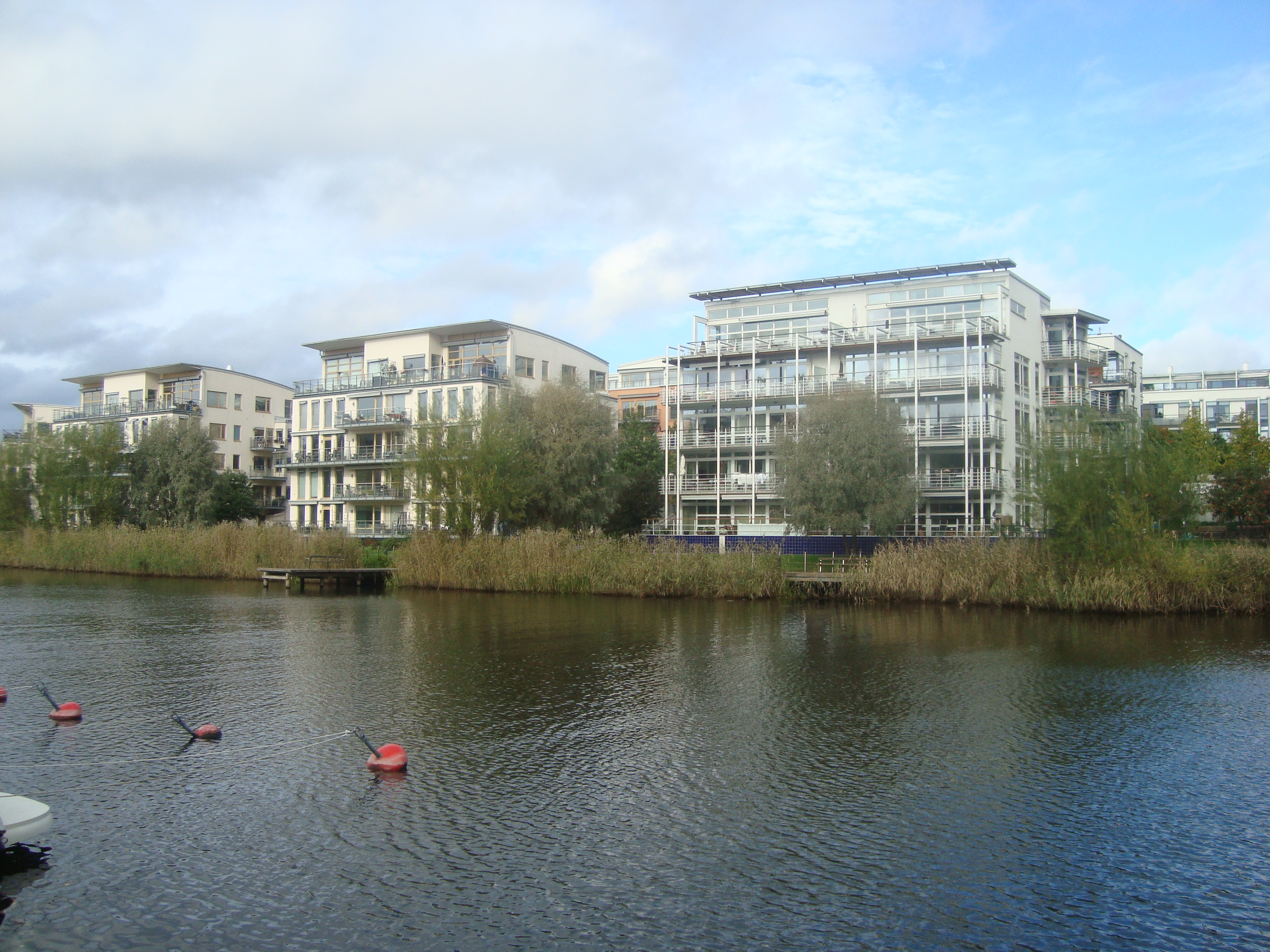
Paper publication on sustainable urban development in the district of Hammarby Sjöstad in Stockholm, check out the link: Holos Environment.
Hammarby Sjöstad is a district located in the south of Stockholm. It is considered one of the most sustainable neighbourhoods in the world, serving as a model not only for the Swedish cities and the SymbioCity concept but also for all other urban centres. The neighbourhood was built in a port and industrial area and its construction was responsible for transforming and revitalizing not only the site of implantation but all its surroundings. The goal was to build a new neighbourhood whose environmental impact was 50% lower compared to the previous construction site. To this effect, efficient construction methods were used, considering less production of waste and the use and reuse of local materials. The neighbourhood also offers water and sewage treatment on site, pneumatic solid waste collection, and public transportation connected to the existing system, large green areas with urban equipment, sidewalks and bike paths integrating all spaces. The population’s quality of life and the respect for the environment were the key factors that allowed make the place a centre of excellence in the category of sustainability.
Keywords: Sustainable urban development. Hammarby Sjöstad. SymbioCity. Solid waste management.
Oceanic Waste
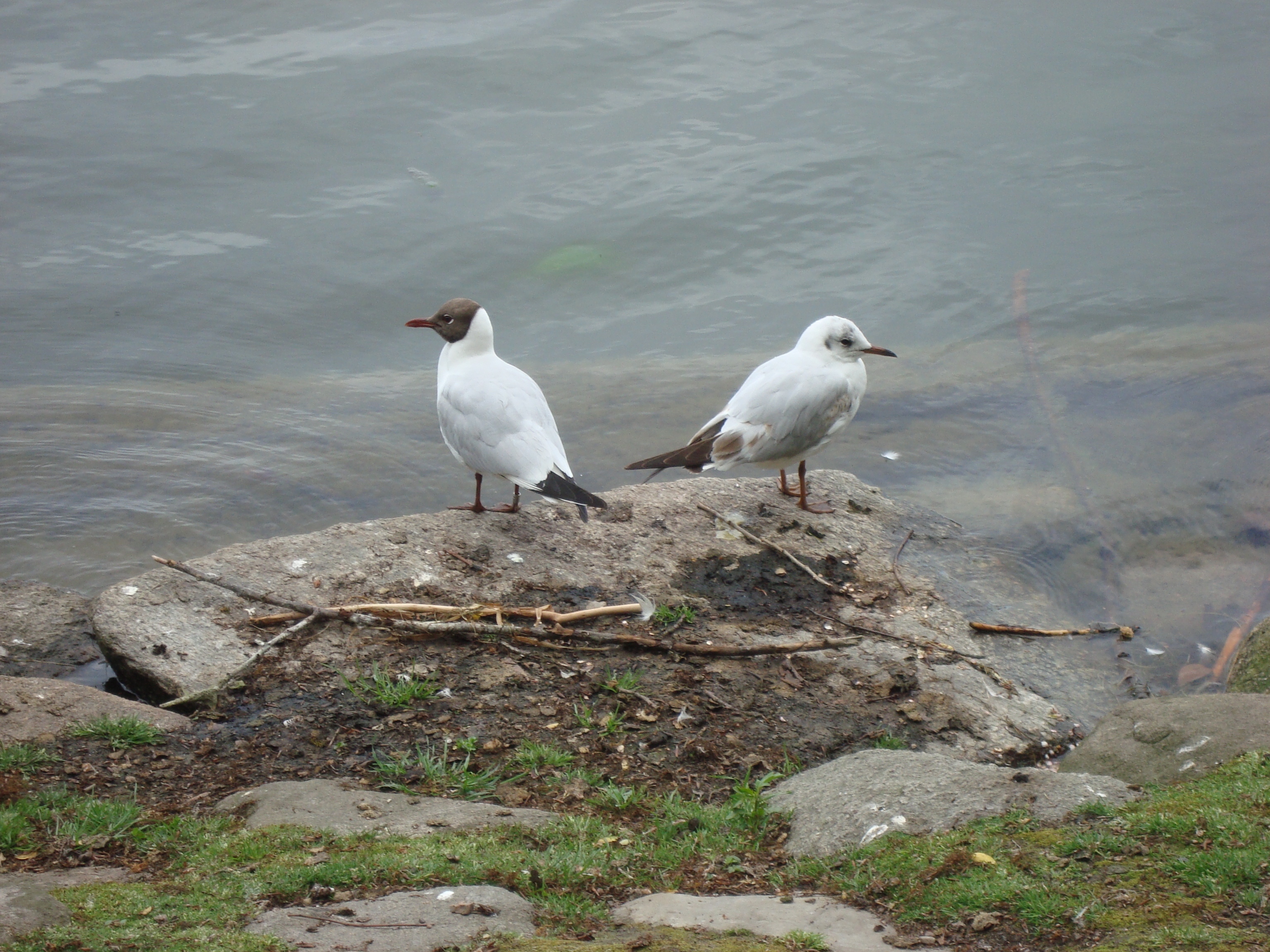
The Jornal Nacional yesterday (03/11/2015) presented a subject on the pollution in the oceans. It is worth watching the video and the article in the link below:
Pesquisa descobre para onde lixo jogado nos oceanos é arrastado
I have been commenting on this subject since my master’s degree and would like to draw attention to the subject. Did you know that 80% of this waste originates from the continent? Only 20% comes from boats. Tons of waste produced daily in our cities reach the rivers and the rivers reach the oceans. From micro-waste, people do not give a damn about discarding on the floor, like bullet paper and cigarette butts, to trash bags that are simply dumped on vacant lots, sidewalks, or even directly into bodies of water.
The accumulated waste in the oceanic turns already exceed twice the territory of Brazil !! For every 1kg of plankton (“aquatic ecosystem food”) there are 6kg of marine waste, mostly plastic. In addition, seaweeds are responsible for the production of 55% of the oxygen released on the planet. Forests also produce oxygen but the vast majority is consumed right there, so we depend on the ocean to breathe!
The situation is dramatic but how can we help?
First, reduce your waste production and consumption! Avoid using plastic bags and disposable materials, such as plastic cups. Always carry your mug with you! I have a small metal mug that I leave in the bag, it is light and easy to carry. Take your ecobag also with you, so you can always refuse the plastic bags. Plan your meals and buy only the necessary, avoid wasting food. These and other actions will greatly reduce waste production.
If the residue has been produced, separate it for recycling or composting. In my house I divide into 3 fractions: recyclable, organic and tailings (material that can not be recycled or composted). By doing this separation you will be surprised by the reduction in the amount of tailings produced and that goes to the landfill. The challenge is to produce less waste, recycle and compost the rest and send as little as possible to landfills! If everyone does their part, we can do it! It’s not difficult, it’s like incorporating a new habit. After a few days it will be part of the routine, such as brushing teeth.
A few more tips: by separating waste for recycling, reducing material volume, kneading plastic bottles and keeping everything clean and dry, this will facilitate transportation and sorting. Cardboard boxes should also be disassembled. The more organized the waste is, the easier it will be to triage the waste collectors’ cooperative. So I still organize paper, metal, glass and plastic. Take your own packaging to organize your waste.
In relation to the organic you can destine them to a homemade compost or minhocário and later use the fertilizer in your pots or donate to the friends. The wormwood you can buy ready for use, with the worms that will speed up the composting process, in two months you will already have your fertilizer. Or you can opt for a homemade compost without earthworms. You can use plastic boxes or olive bottles or other plastic containers that you have at home, put some dry soil and alternate with organic matter, dry leaves and soil. Keep the organic material always covered so you will not have problems with insects!
If you need help or have any questions about recycling and composting contact me, I am at your disposal!
Verônica Polzer
Interview – Folha de SP
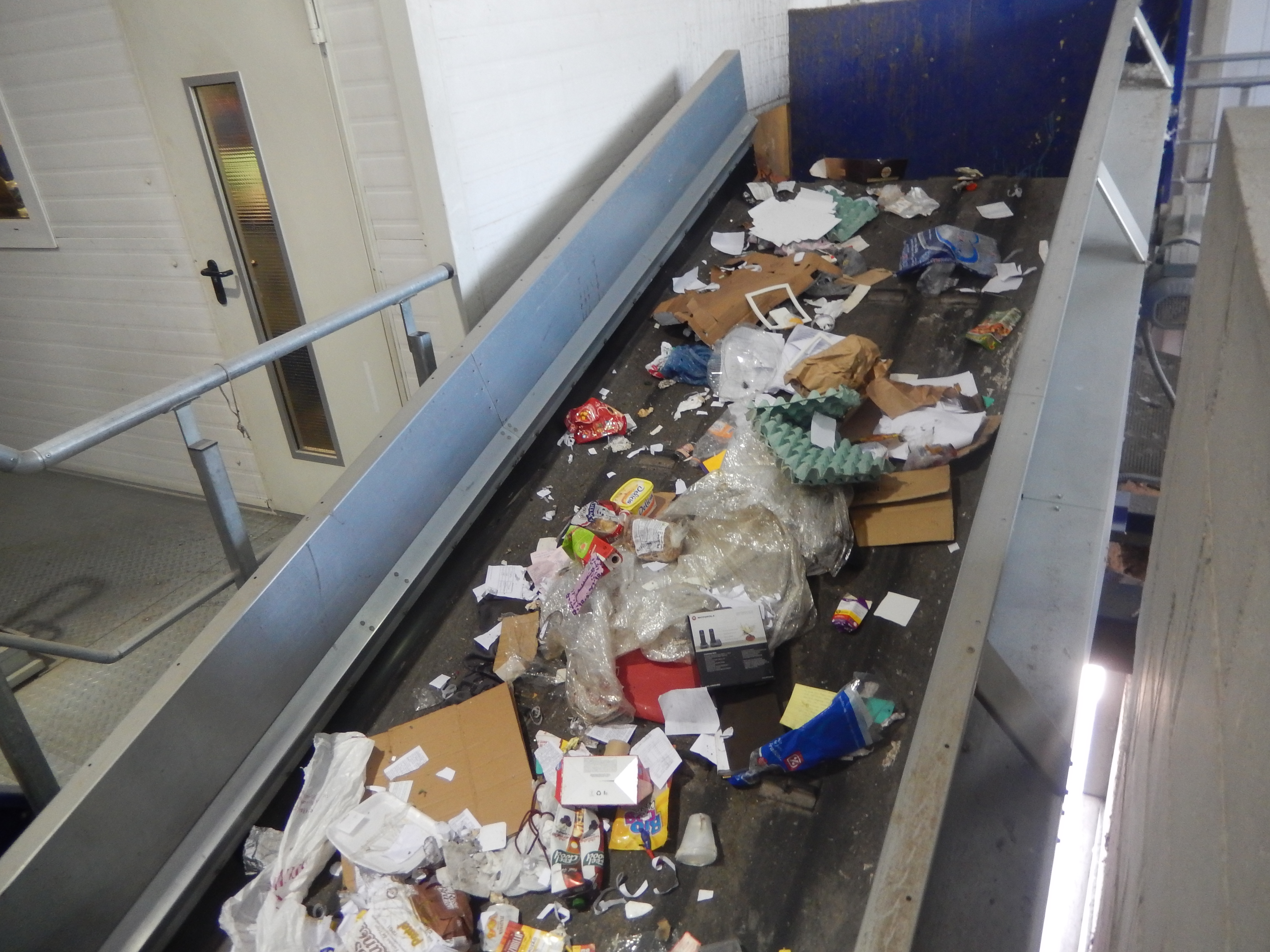
Polzer Environmental Management gave an interview to Folha de São Paulo, check out the link below::
Household Cleaning Products
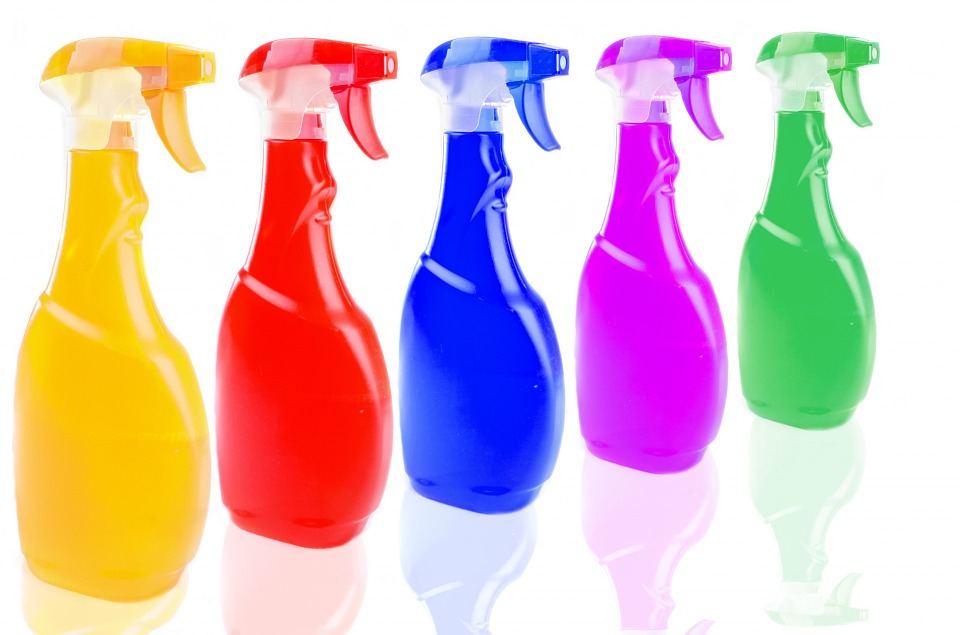
 If you also have allergies, or want to save money or even help preserve the environment, here are the tips on how to make your own cleaning products:
If you also have allergies, or want to save money or even help preserve the environment, here are the tips on how to make your own cleaning products:
You will basically need:
• Vinegar
• Lemon juice
• Sodium bicarbonate
These three ingredients have bactericidal, abrasive and acidic properties as efficient as industrialized products. You can use for general cleaning, mold removal, slime, stains and grease.
“Most common detergents are filled with pollutants like bleach, ammonia, alcohol, environmental destroyers. These types of chemical components are bad for house air quality, and may even contribute to respiratory problems. ”
RECIPES (Source: Mulher)
DEGREASER
Ingredients:
• 300 ml white vinegar
• Juice of a lemon
• One teaspoon of household detergent (see recipe below)
• Ten drops of lemon essential oil.
Mix all elements well and use a spray gun to apply the product.
Vinegar and lemon are able to remove fats because of their major components, acetic acid and citric acid, respectively. The high concentration of such substances in the solution enhances the degreasing action. The essential oil works as a flavoring.
HOUSEHOLD GLASS CLEANER
Ingredients:
• One liter of water
• Three tablespoons of white vinegar.
Simply mix the substances and use a spray to apply the solution on the surface to be cleaned.
The main component of vinegar is acetic acid, which has good capacity to remove fats without leaving residues, besides having disinfectant action
HOMEMADE DETERGENT
Ingredients:
• Two liters of water
• 250 grams of soap in neutral bar (grated)
• Two tablespoons of baking soda
• Two tablespoons of lemon juice
Heat the water, add the soap and stir until dissolved. After cooling add the baking soda and lime juice to the solution.
The citric acid mixture from lemon to bicarbonate forms sodium citrate which, in contact with water, raises the pH and potentiates the degreasing action of the soap.
Where to use? In dishwashing and cleaning surfaces (tiles and floors in the kitchen and bathroom, for example)
HOME DISINFECTANT
Ingredients:
• Two liters of water
• 250 ml of ethyl alcohol hydrate 70 ° INPM
• 125 grams of coconut soap (grated)
• 20 green leaves of eucalyptus
Leave the eucalyptus leaves to soak in the alcohol for three or four days. Wait for the time indicated and reserve the solution. In a pan, heat the water and add the soap, stirring until dissolved. To the already cold mixture, add the sauce alcohol (without the leaves) and incorporate well.
How do you act? The soap cleans itself, while alcohol and eucalyptus have disinfectant action. Where to use? In Bathroom Sanitization
MULTIPURPOSE CLEANER 1
Ingredients:
• 180 ml of water
• 90 ml white vinegar
• 90 ml homemade detergent (see recipe)
• Ten drops of an essential oil of your choice (lavender or eucalyptus, for example).
Mix all substances well and use a spray bottle to apply the solution to the surface to be cleaned.
Where to use? General cleaning of floors and tiles
MULTIPURPOSE CLEANER 2
Ingredients:
• One liter of water
• Four tablespoons baking soda
• One tablespoon of white vinegar or lemon.
Mix all substances thoroughly and use a spray bottle to apply the solution.
How do you act? The vinegar or lemon reacts with bicarbonate and forms, in addition to water and carbon dioxide, sodium acetate (in the case of vinegar) or sodium citrate (in the case of lemon). The combination of the acetate or citrate with the water promotes the pH of the solution, causing fats and other resistant dirt to be eliminated.
Where to use? In general cleaning of floors, tiles and other greasy surfaces (stove, sink or bathroom stall, for example)
MORE TIPS (Source: M de Mulher)
VINEGAR
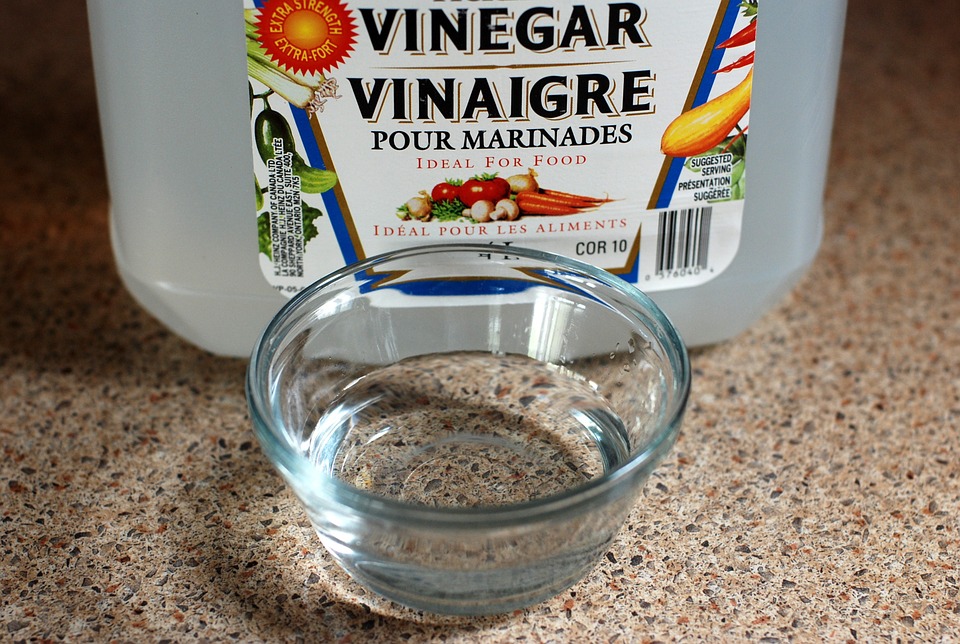 “With high concentration of acetic acid, the liquid acts as a powerful disinfectant and degreaser. The best for cleaning are white (alcohol) and apple”
“With high concentration of acetic acid, the liquid acts as a powerful disinfectant and degreaser. The best for cleaning are white (alcohol) and apple”
Antimold: remove that unpleasant odor from the cabinet by wiping it with a cloth soaked in the 3-quart hot water mixture with 1 or 2 tablespoons of white vinegar.
End of fat: put some pure vinegar on the fat of the stove, let it act for a minute and clean.
White grout: apply pure vinegar with a toothbrush in the tile grout. Wait at least two hours to rinse with water. The tip is also worth to clean that wall with marks of furniture or shoes.
Brightness in glasses and mirrors: dissolve 1 part vinegar in 4 hot water and wipe these surfaces. The glass is even more transparent!
New carpets and rugs: to clean these pieces, apply a mixture with the same amount of white vinegar and water.
Softener: replace the conventional product with 1/2 cup of vinegar in the last rinse of the laundry.
SODIUM BICARBONATE:
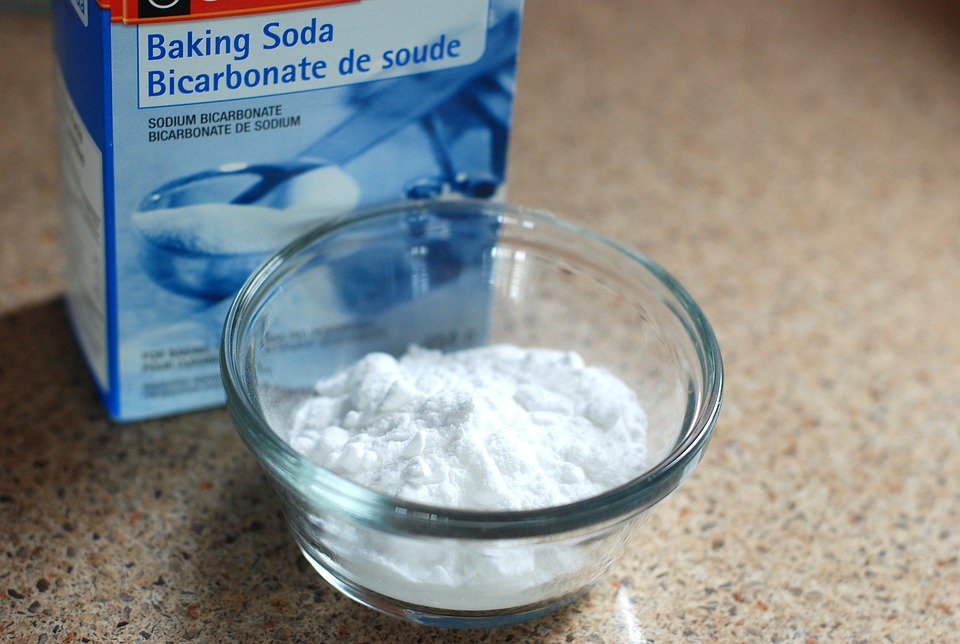 Based on carbon dioxide and sodium hydroxide, bicarbonate is bactericidal and an excellent alternative to abrasive cleaners. Use it, always with gloves, in cleaning the kitchen and to avoid unpleasant odors.
Based on carbon dioxide and sodium hydroxide, bicarbonate is bactericidal and an excellent alternative to abrasive cleaners. Use it, always with gloves, in cleaning the kitchen and to avoid unpleasant odors.
Bright oven: Soak a soft cloth in a mixture of 1/2 liter hot water and 3 tablespoons baking soda. Apply throughout the oven and after one hour remove it with a damp cloth.
Uncorked drains: Mix well 1 cup of salt, 1 baking soda and 1 liter of hot water. Throw in the drain.
Smell-free carpet: To eliminate strong odor caused by pets or lack of ventilation in the environment, spray baking soda on the carpet using a large sieve. Leave on for ten minutes and aspirate. Do not use a broom to prevent the carpet from turning white.
Clean refrigerator: always after cleaning the refrigerator and freezer, wipe a damp cloth with baking soda inside to disinfect the place.
LEMON JUICE
The citric acid in the fruit helps to dissolve the slime and even rust spots.
Non-greasy: dilute 1/4 cup (tea) lemon juice in water and apply to the piece with a soft cloth.
Anti-rust: Remove this type of stain from cutlery, grills and stove by rubbing the surface with lemon juice and a sponge.
HOMEMADE MULTIUSE
“In a vial of apple cider vinegar, add 3 tablespoons of baking soda and 1 cup of juá rasp extract (typical Northeastern tree, also known as juazeiro), for sale in health food stores. The solution is valid for up to six months if it is kept tightly closed and in the shade.”
Sources researched:
http://mdemulher.abril.com.br/…/use-solucoes-naturais-na-li…
http://umavidaverde.com/…/limpeza-ecologica-com-ingrediente…
http://mulher.uol.com.br/…/faca-produtos-de-limpeza-naturai…
Lecture – MSW in Europe
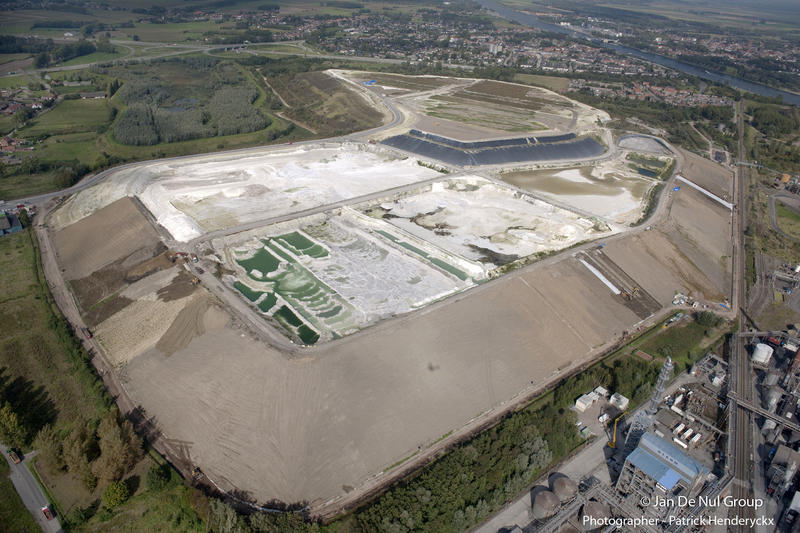
My last lecture on the environmental cycle will be about:
European legislation and economic instruments in waste management
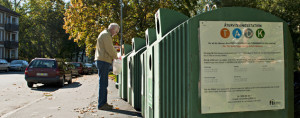
I will address the European scenario in waste management and comment on what the lead countries are doing to promote the reduction of greenhouse gas emissions in the waste sector, reduce waste production and increase the rate of recycling and organic treatment of organic waste : Germany, Holland, Denmark, Belgium, Switzerland, Norway, Sweden and others!
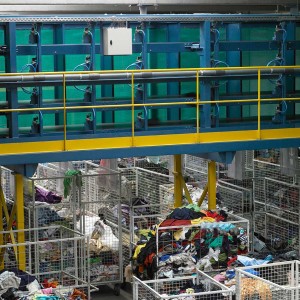
Local:
Senac Santa Cecília – Alameda Barros, 910 – Santa Cecilia
Free entrance
Day: 01/10/2015 (Thursday)
Hours: 19h às 22h
Analysis of environmental and economic impacts – Landfill x WtE
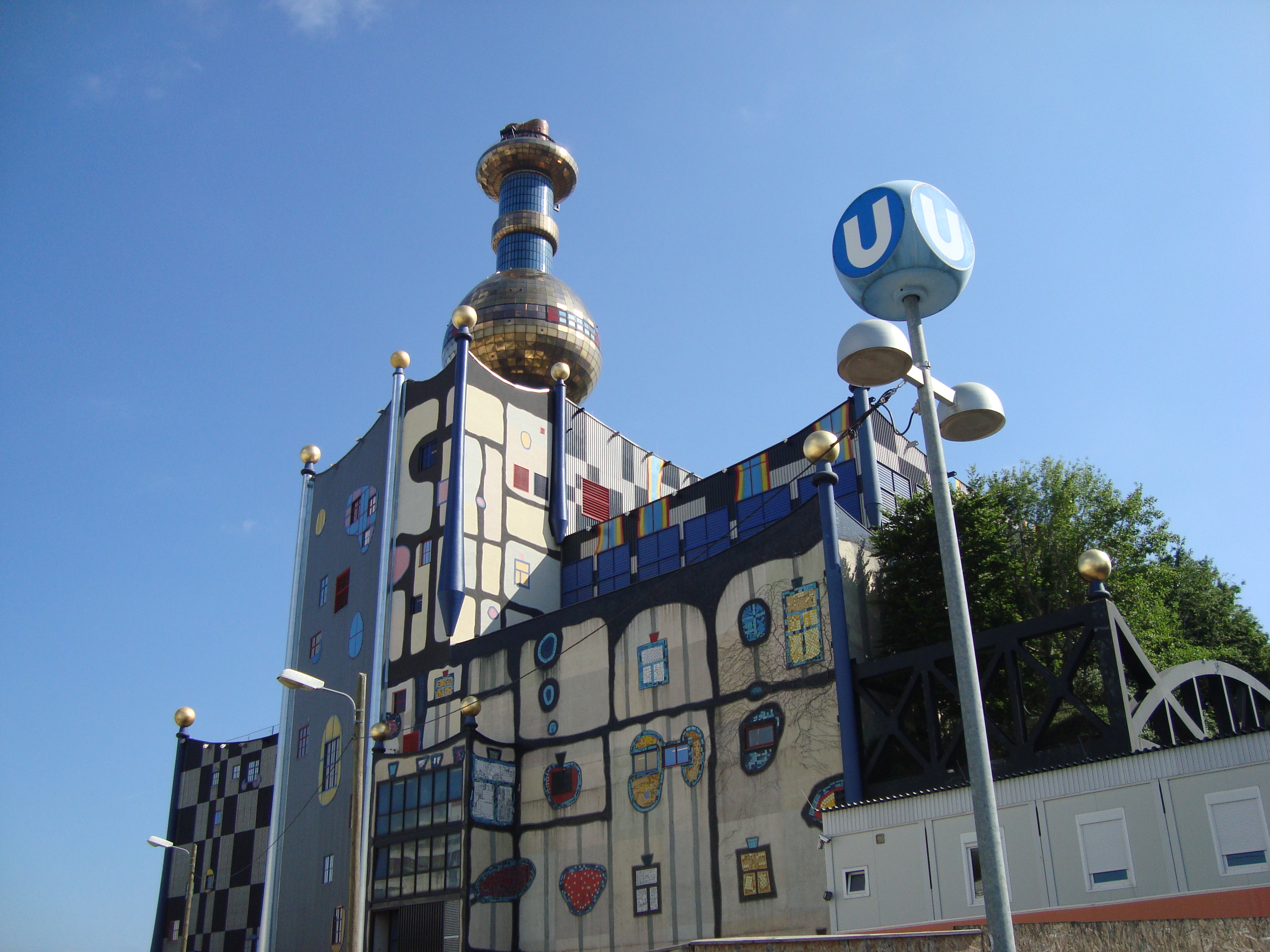
I invite everyone to my next lecture:
Cycle of Lectures – Environment
9/9/2015 – 9 p.m. to 10 p.m.
Speaker: Verônica Polzer
Venue: Senac Auditorium Santa Cecilia
Analysis of environmental and economic impacts – comparison between landfills and incinerators with energy generation (WtE)
Senac Santa Cecilia promotes in the second half of 2015 a series of lectures that address the issues related to the environment and the certifications required to operate in the area.
To subscribe, contact by phone (11) 2178.0200 or send an email to santacecilia@sp.senac.br. Limited vacancies.
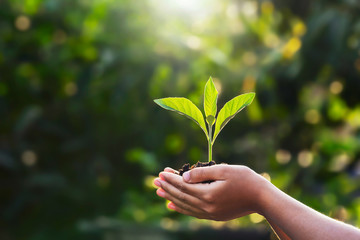
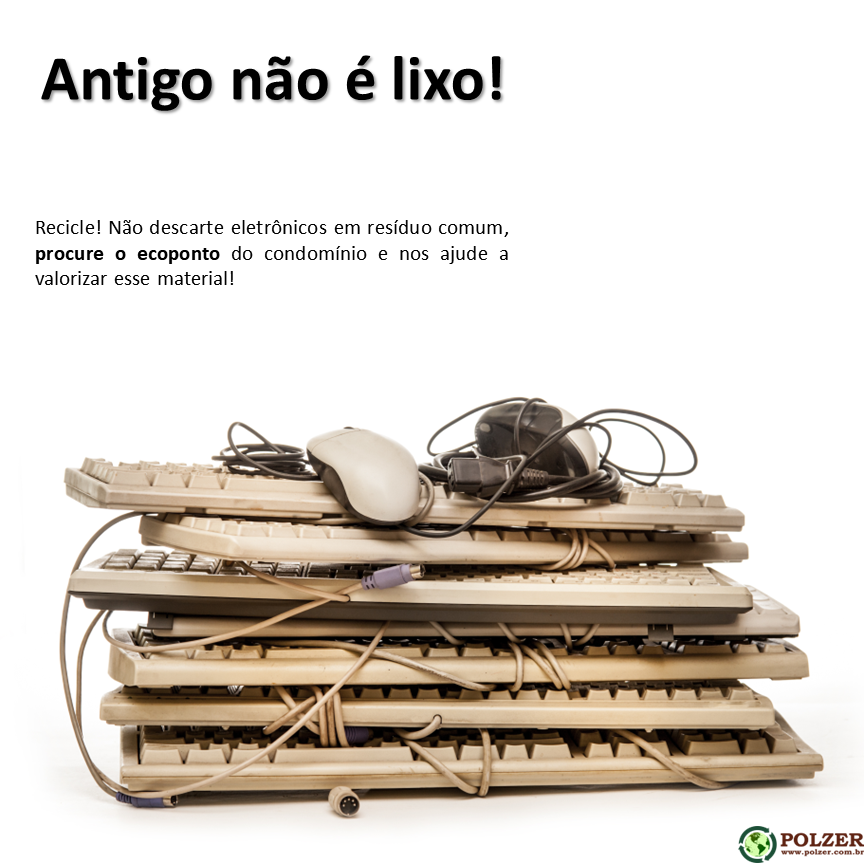
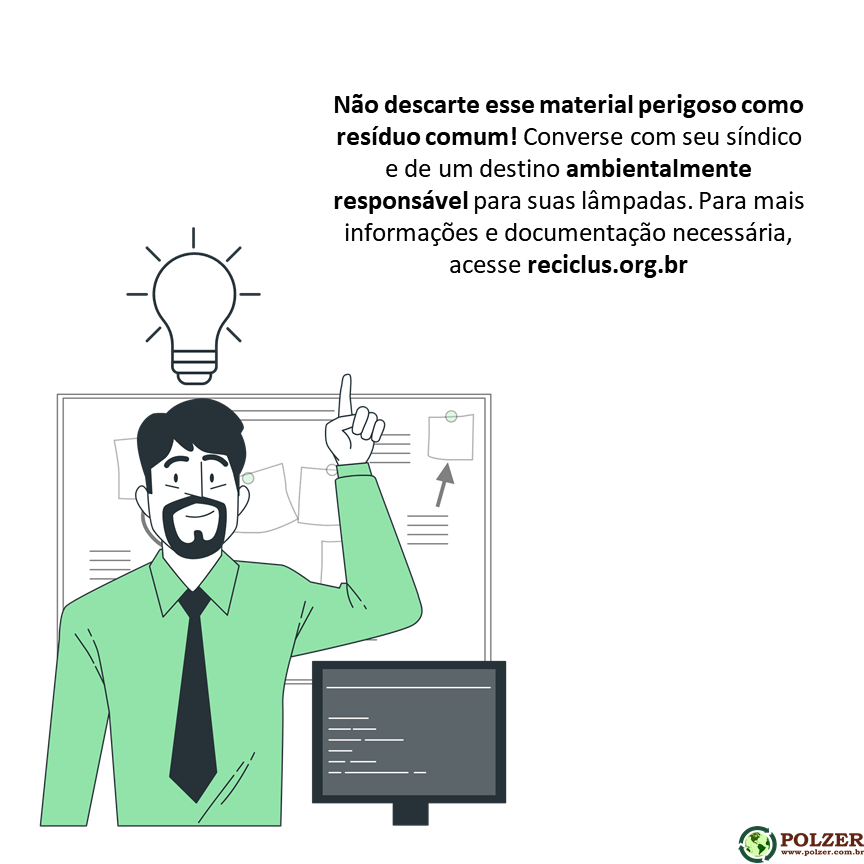

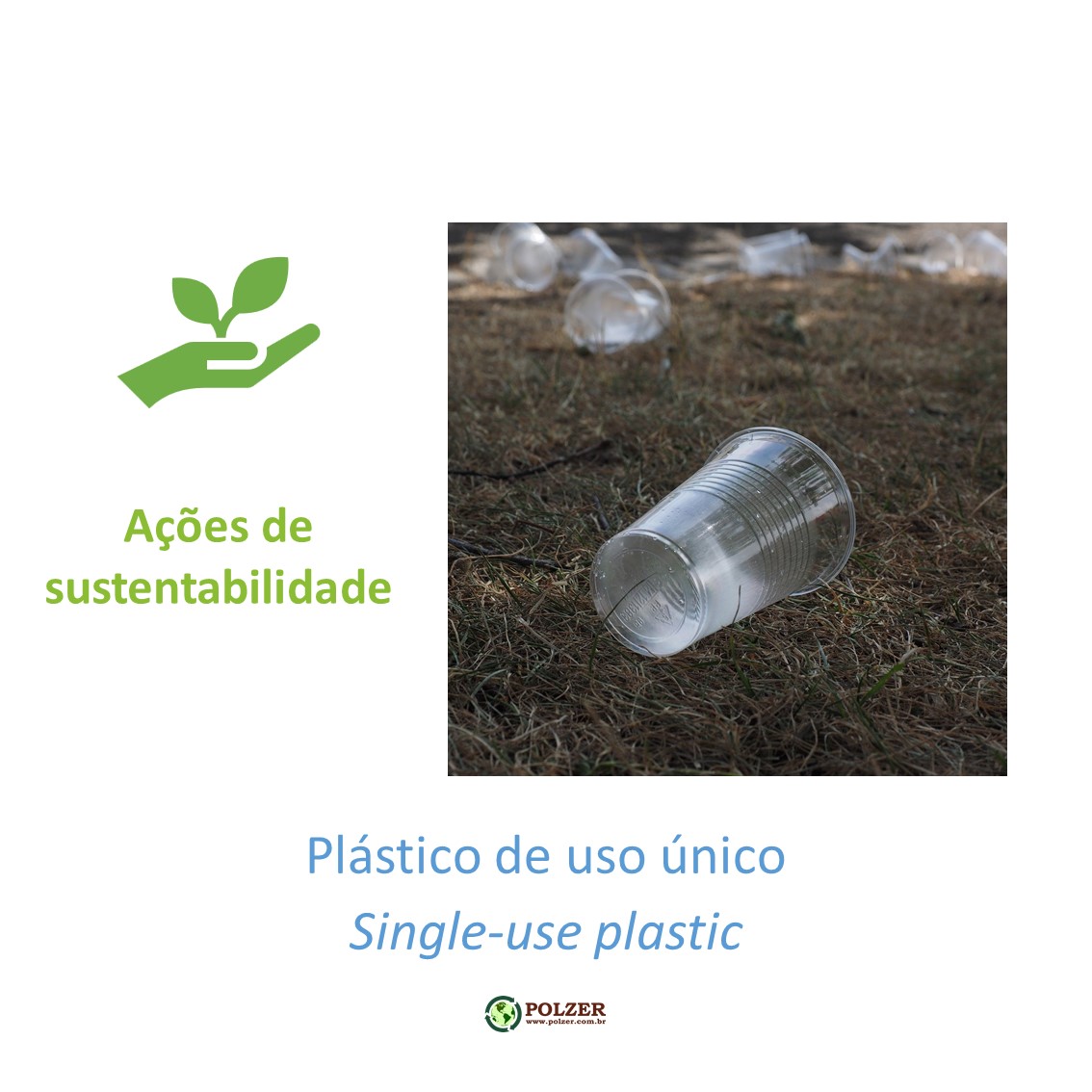

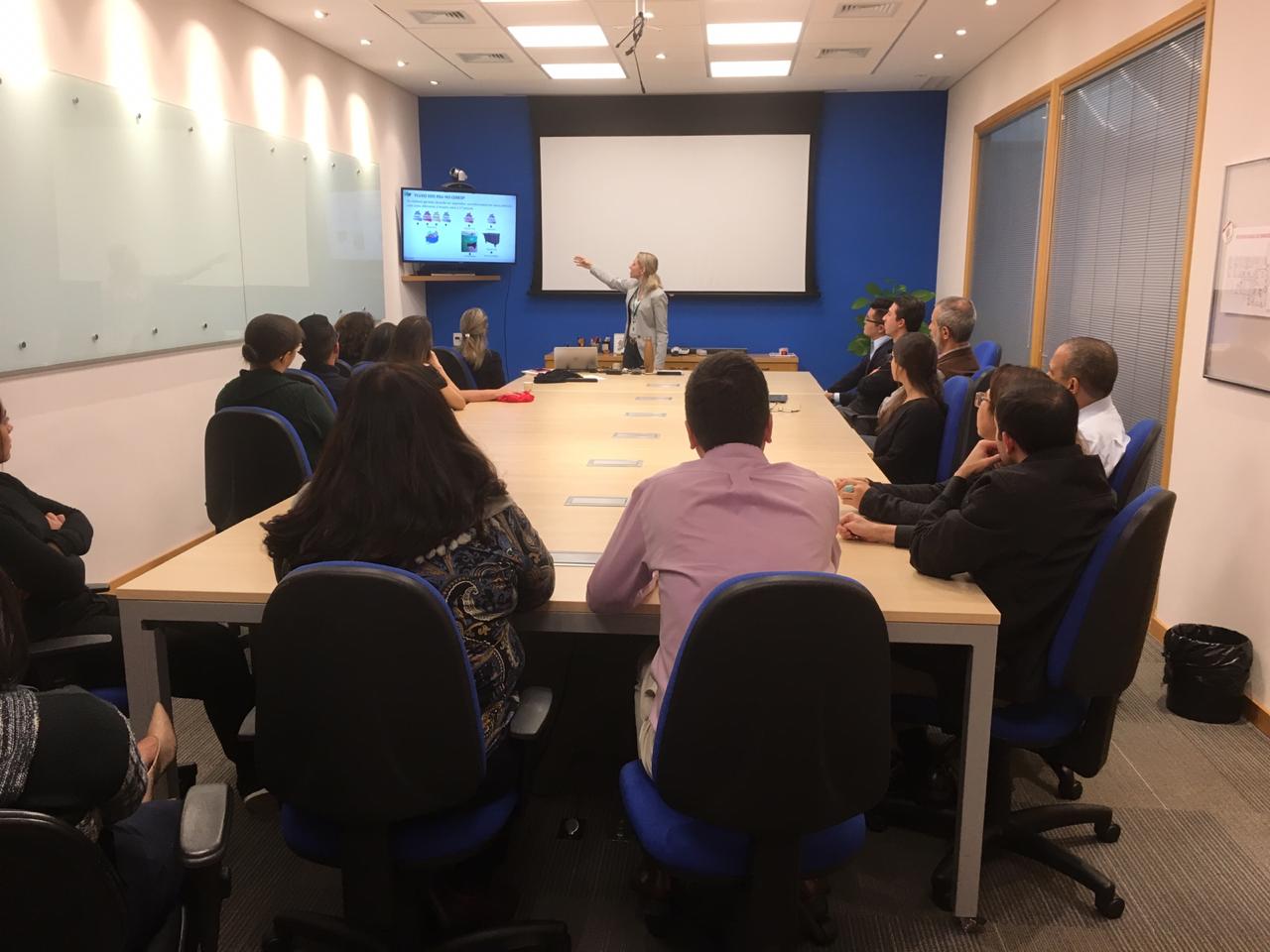
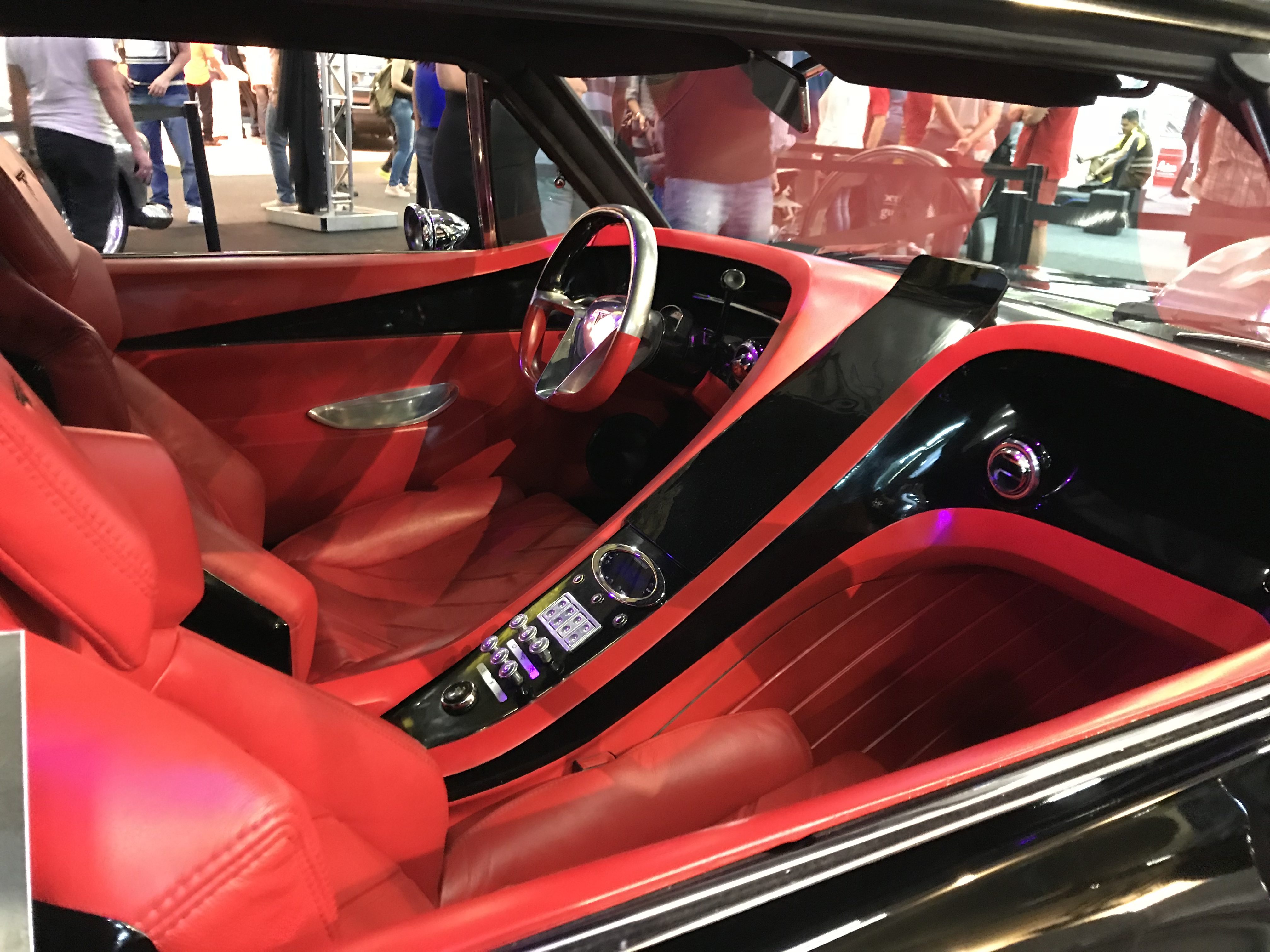
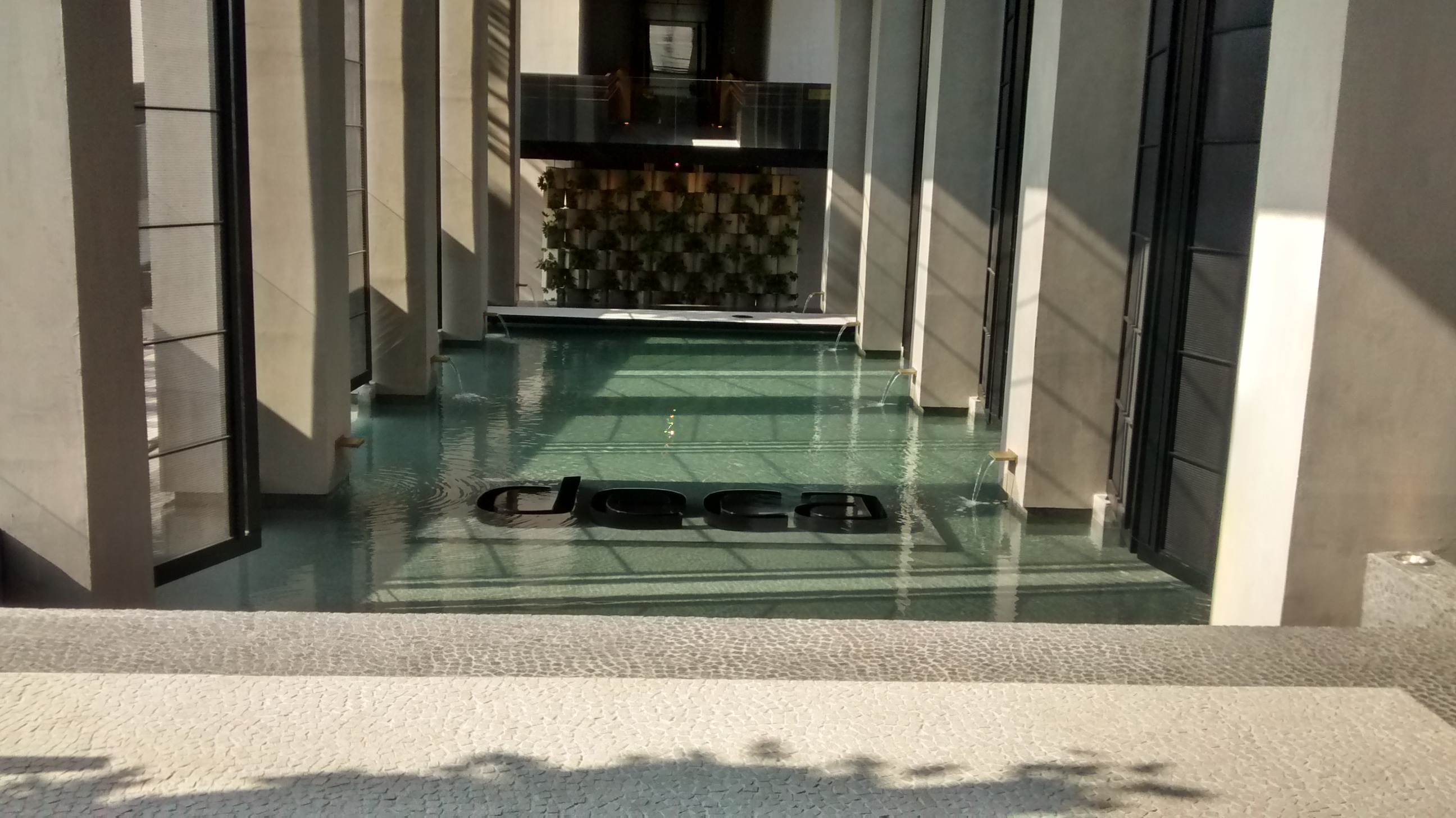


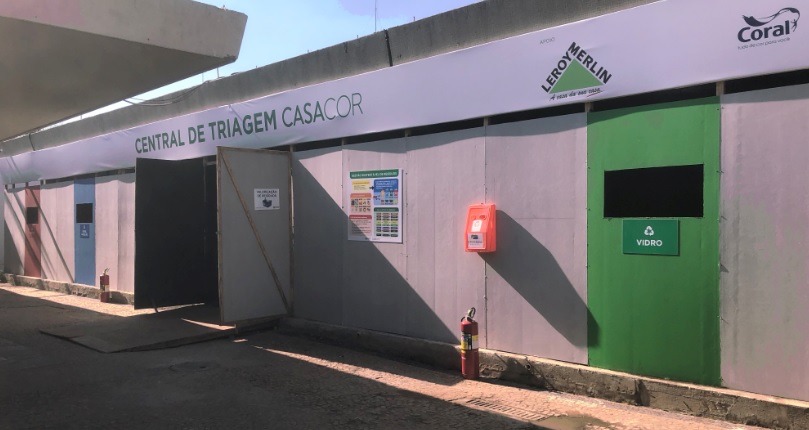

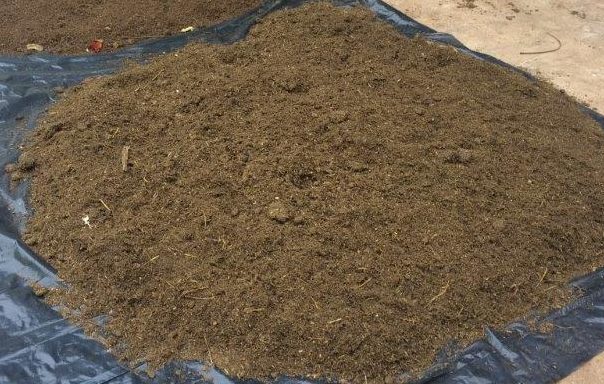
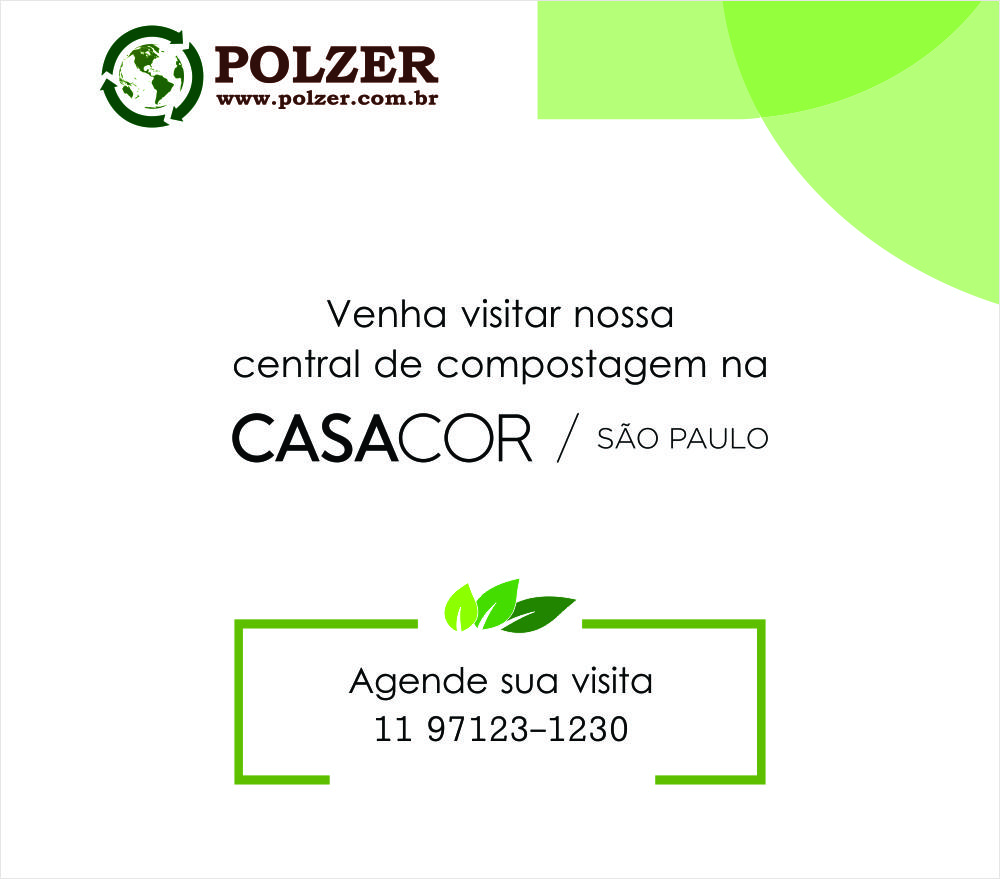
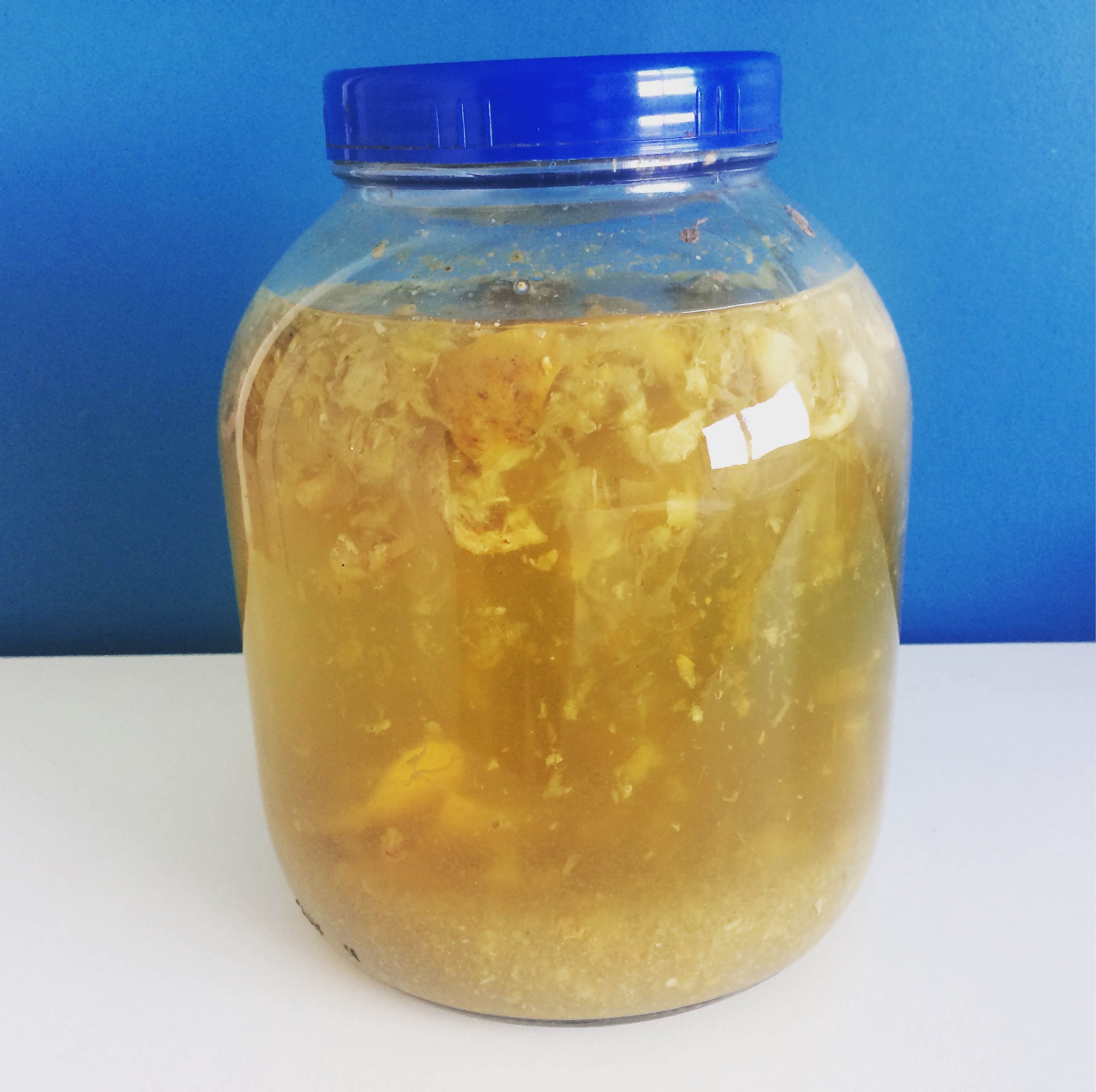

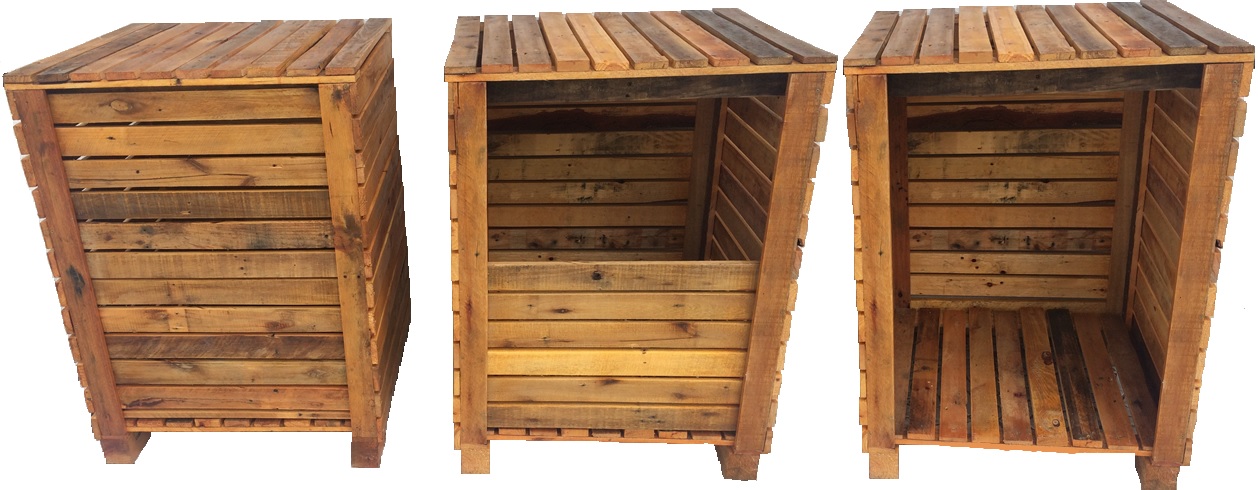
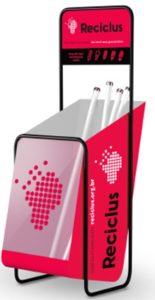
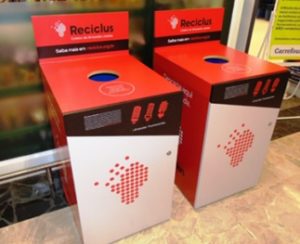
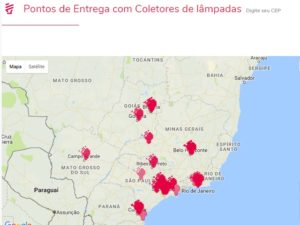
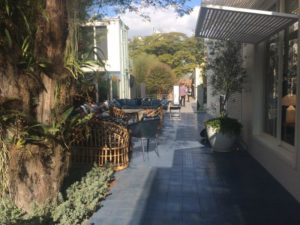
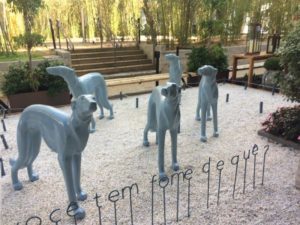
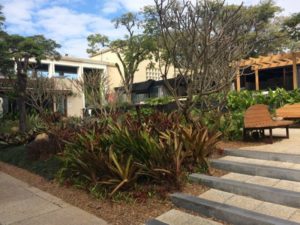
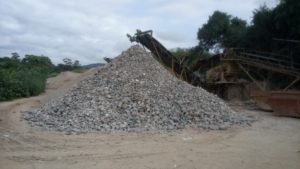
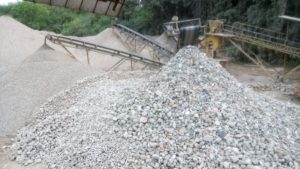
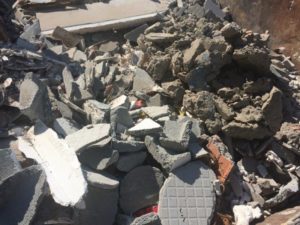
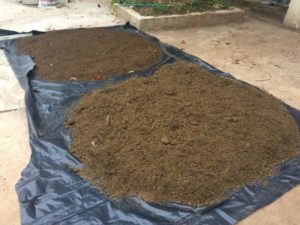
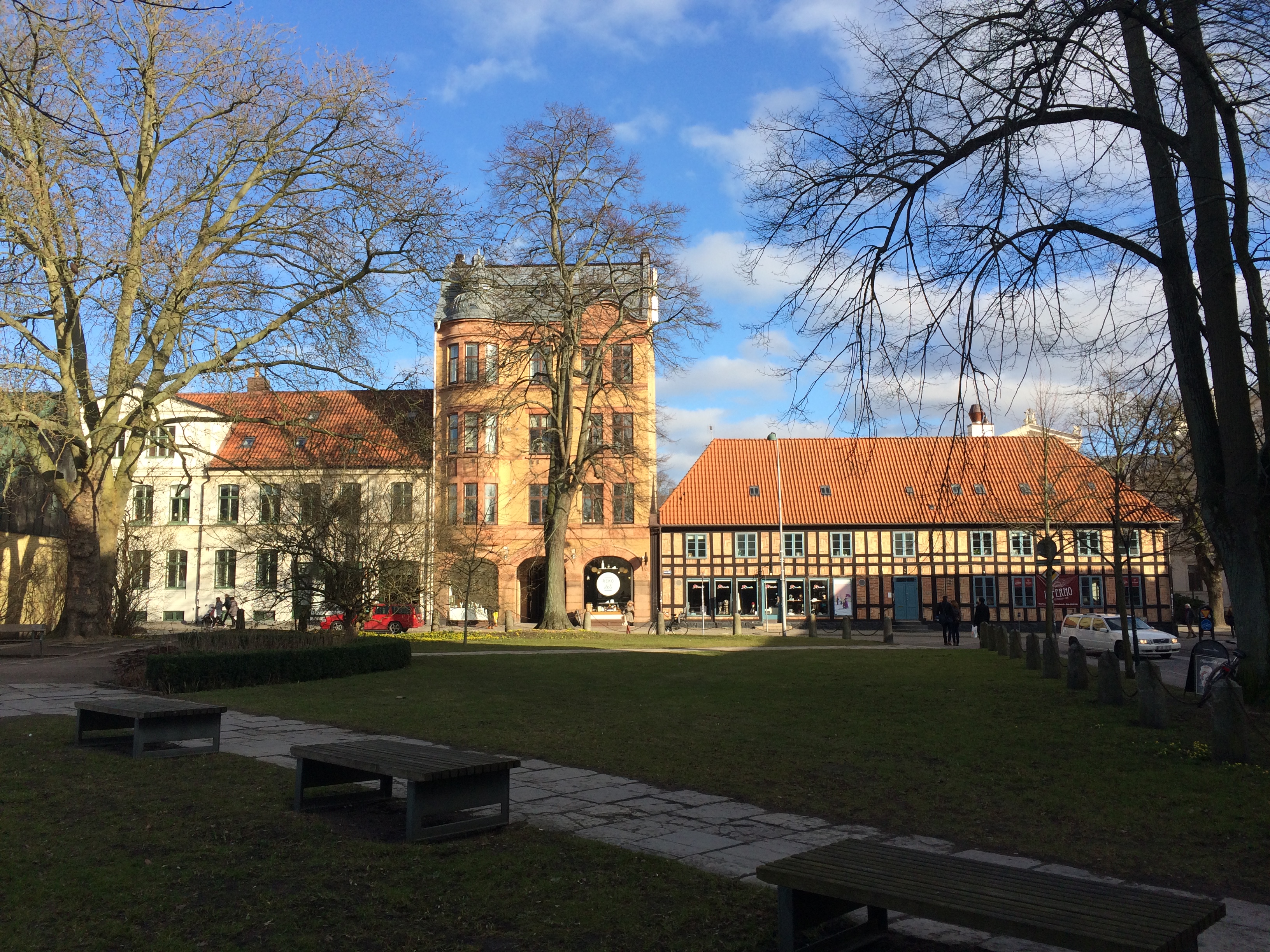
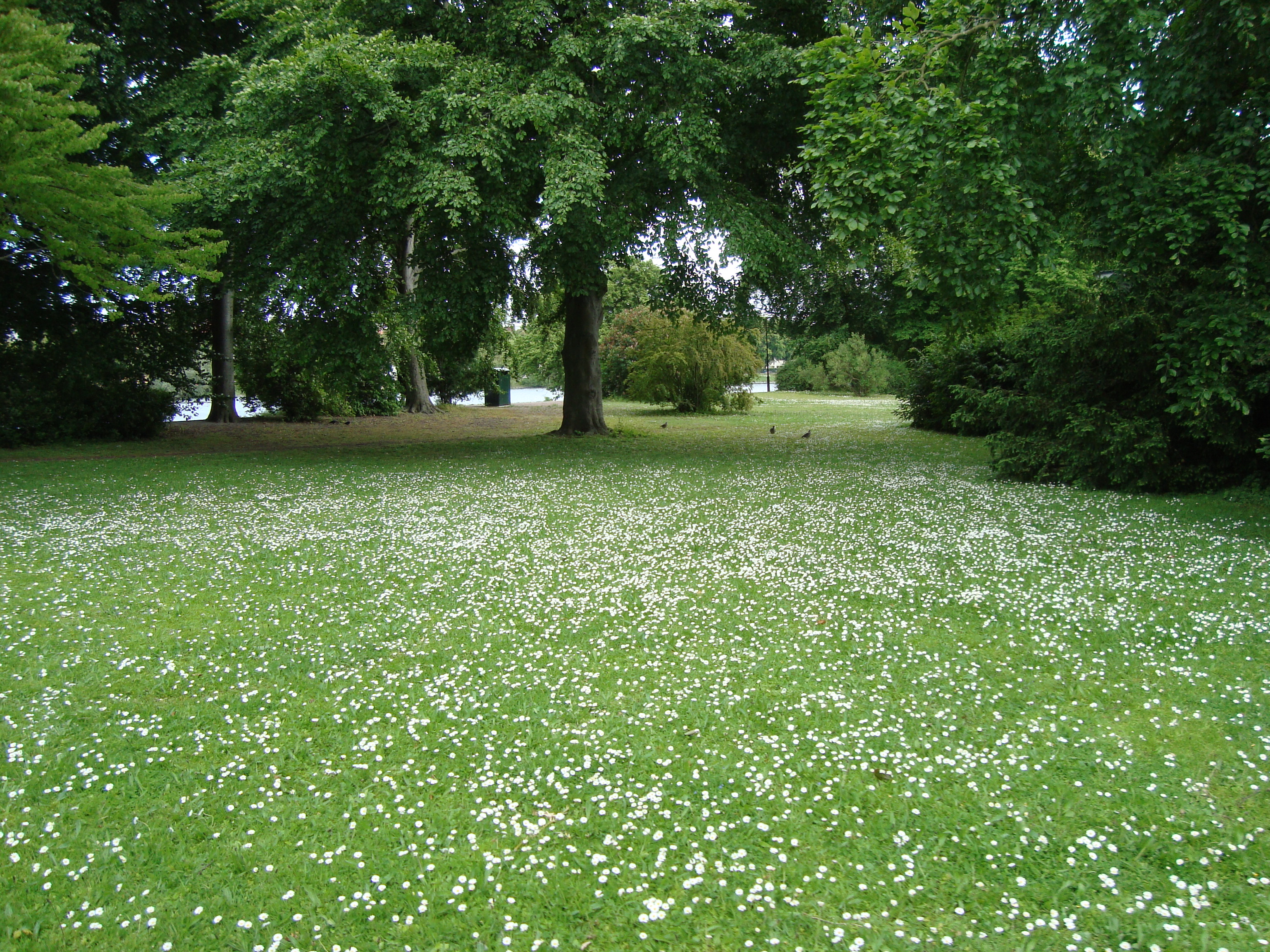
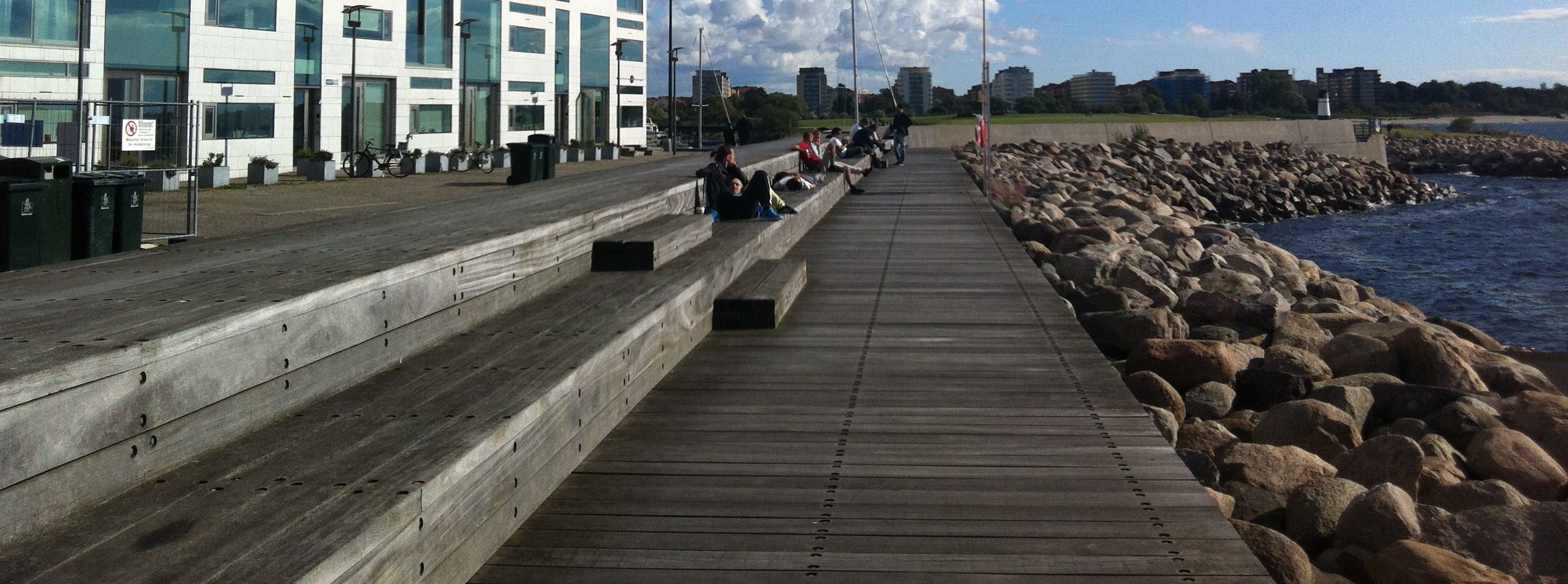
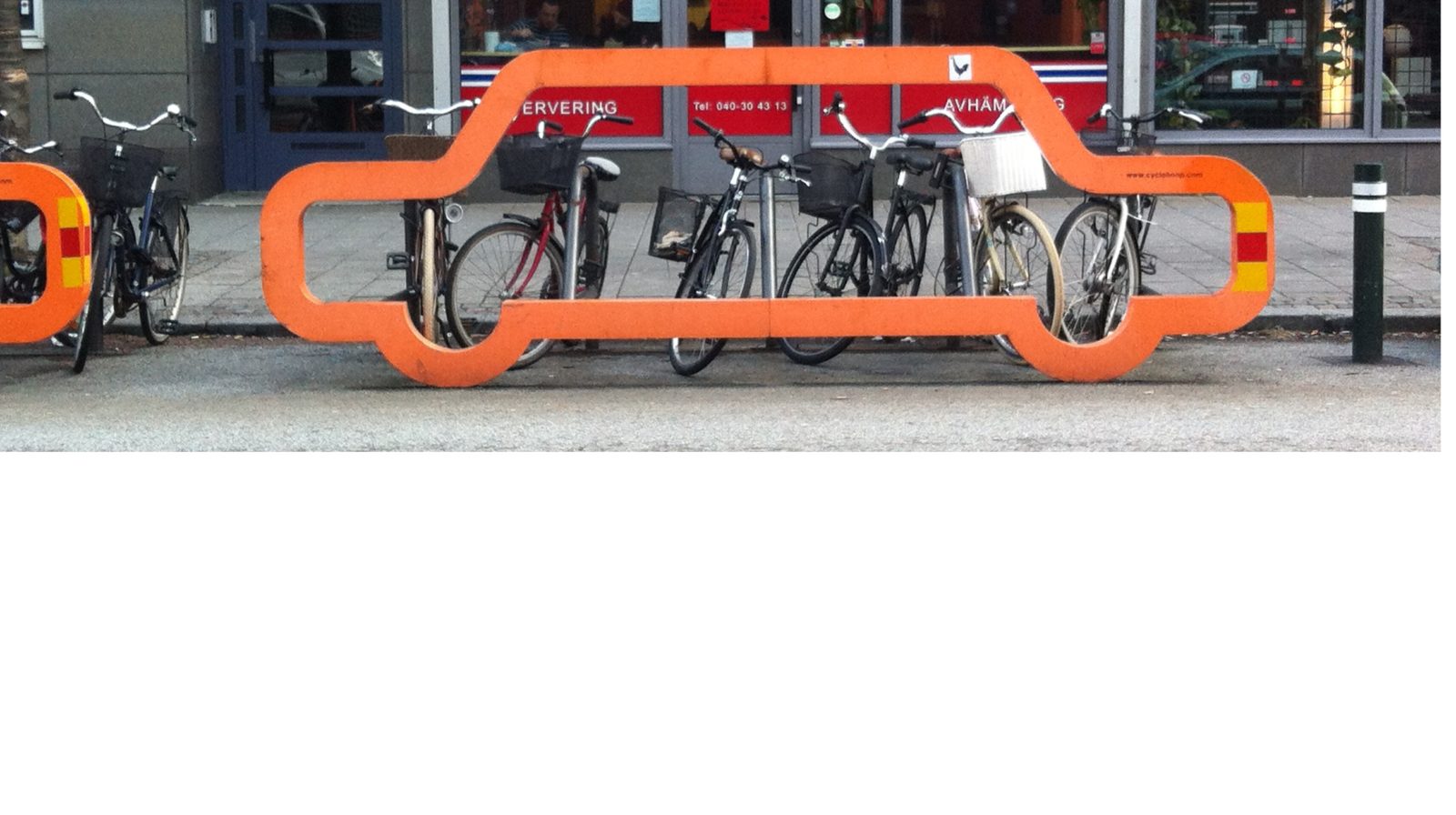

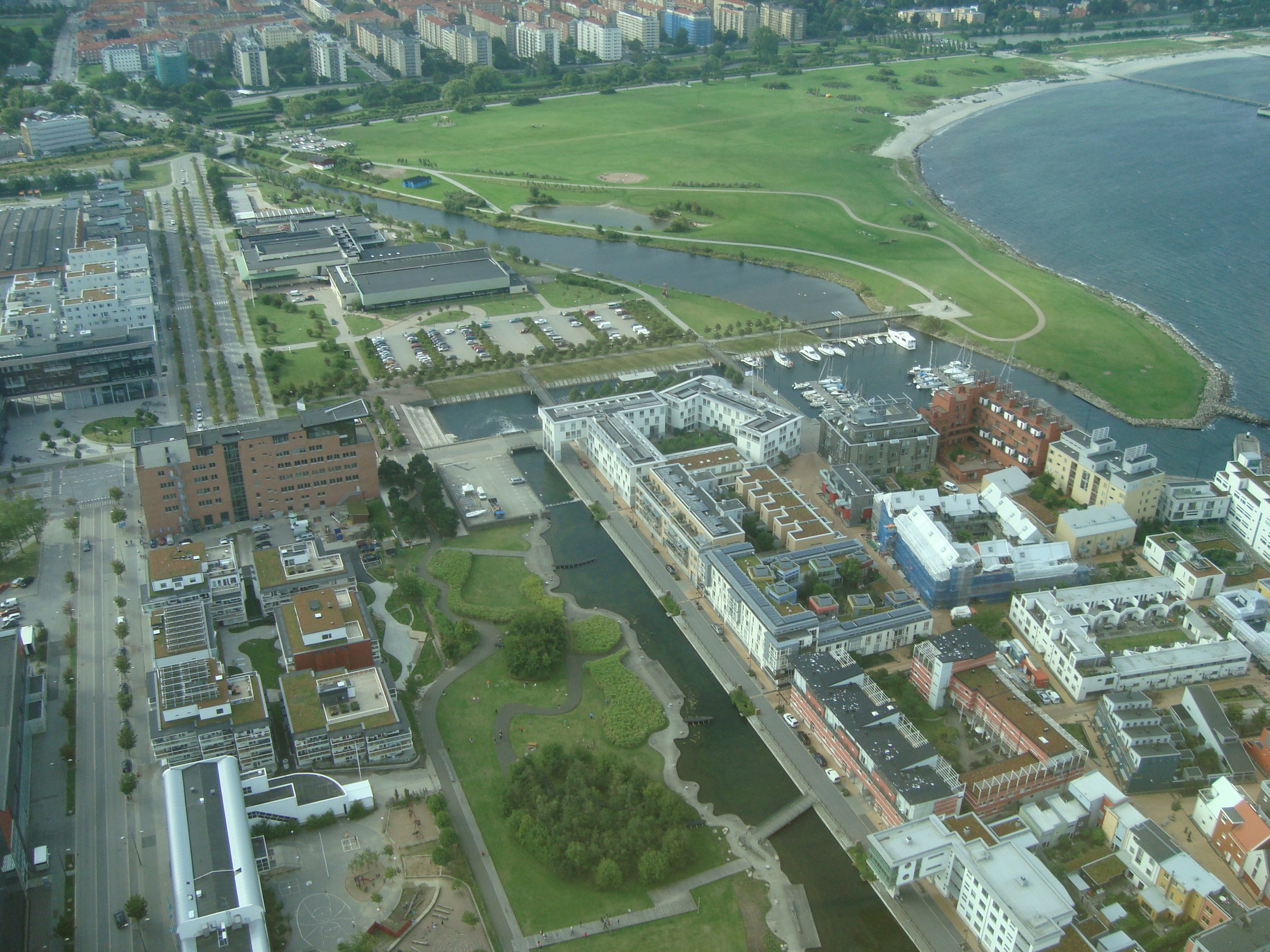
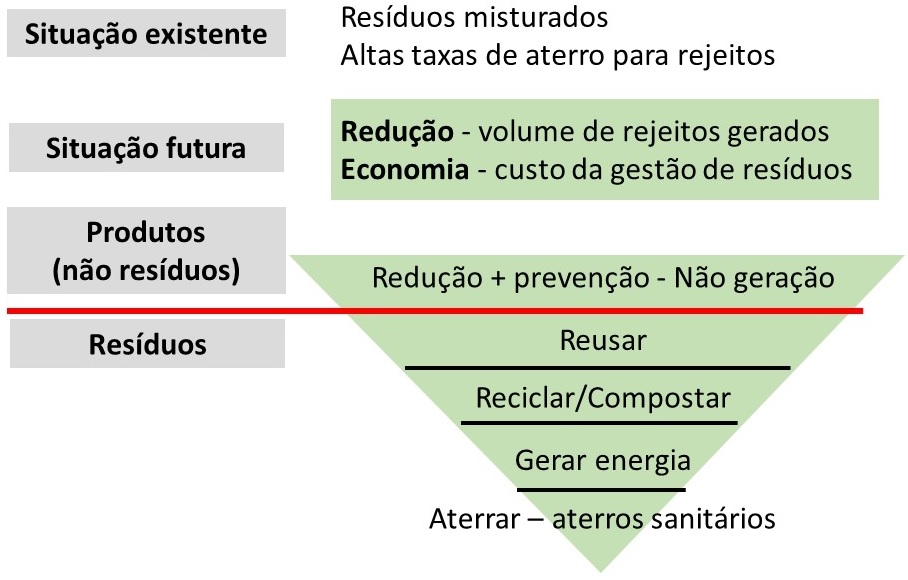
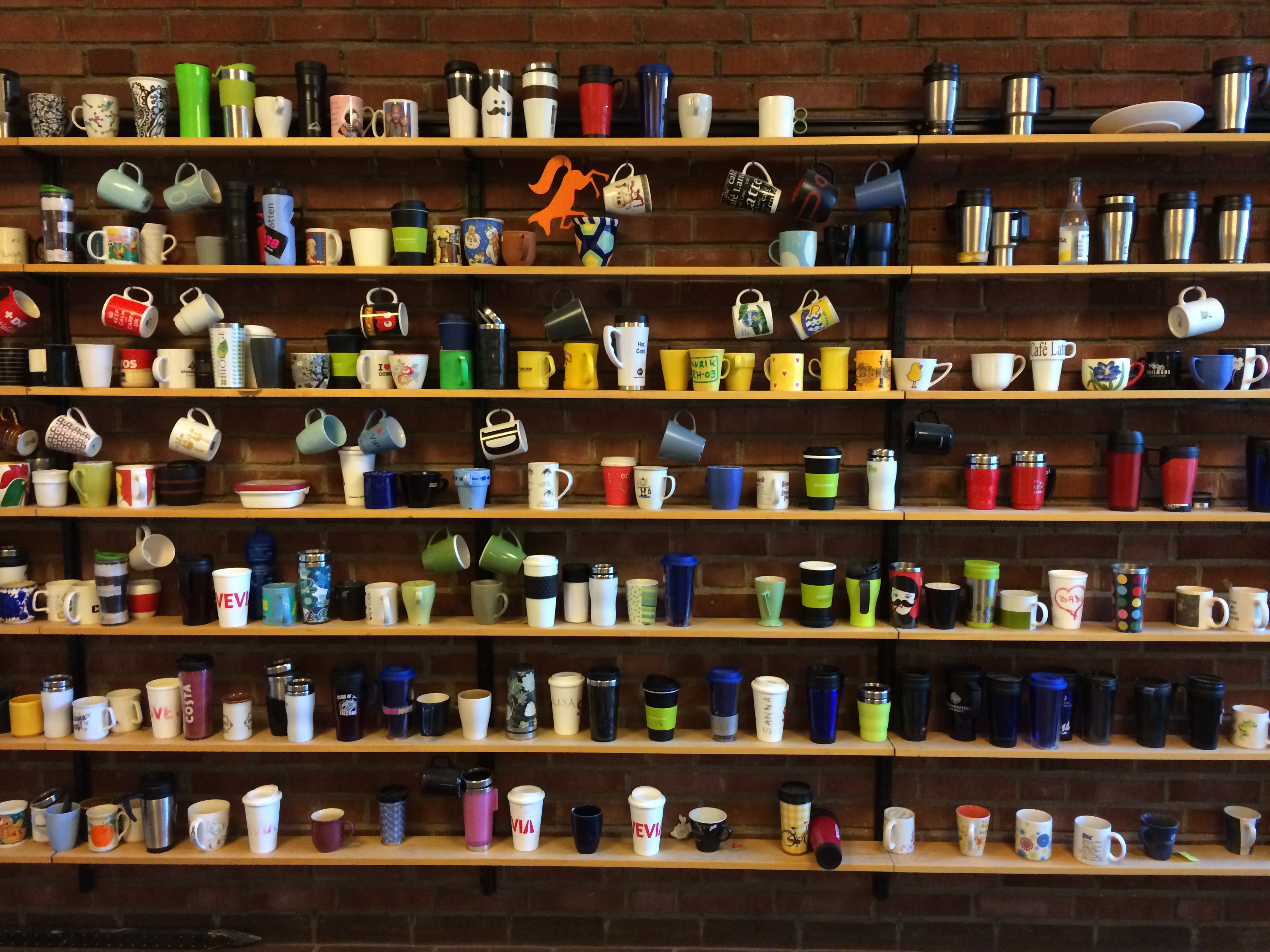
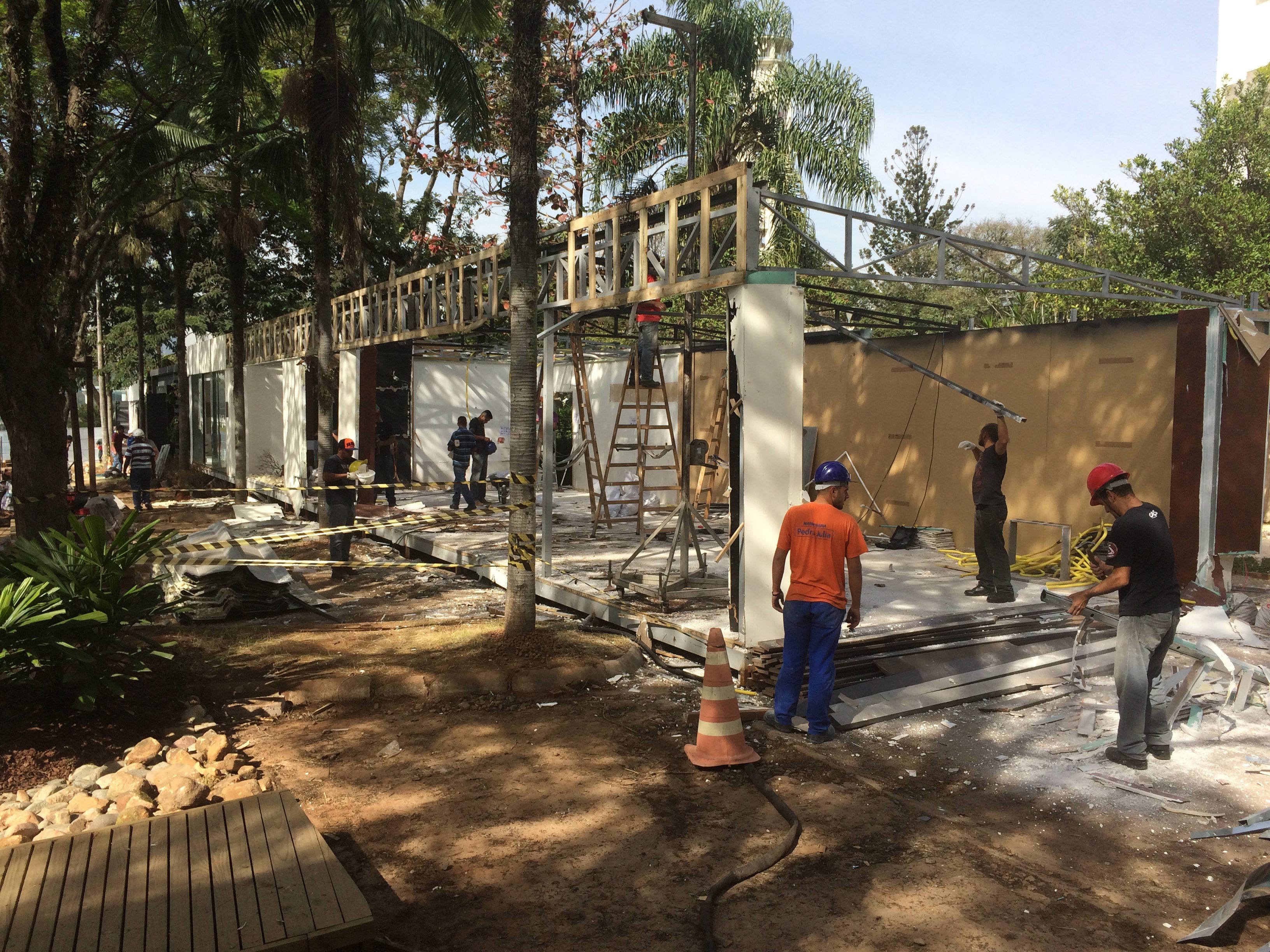

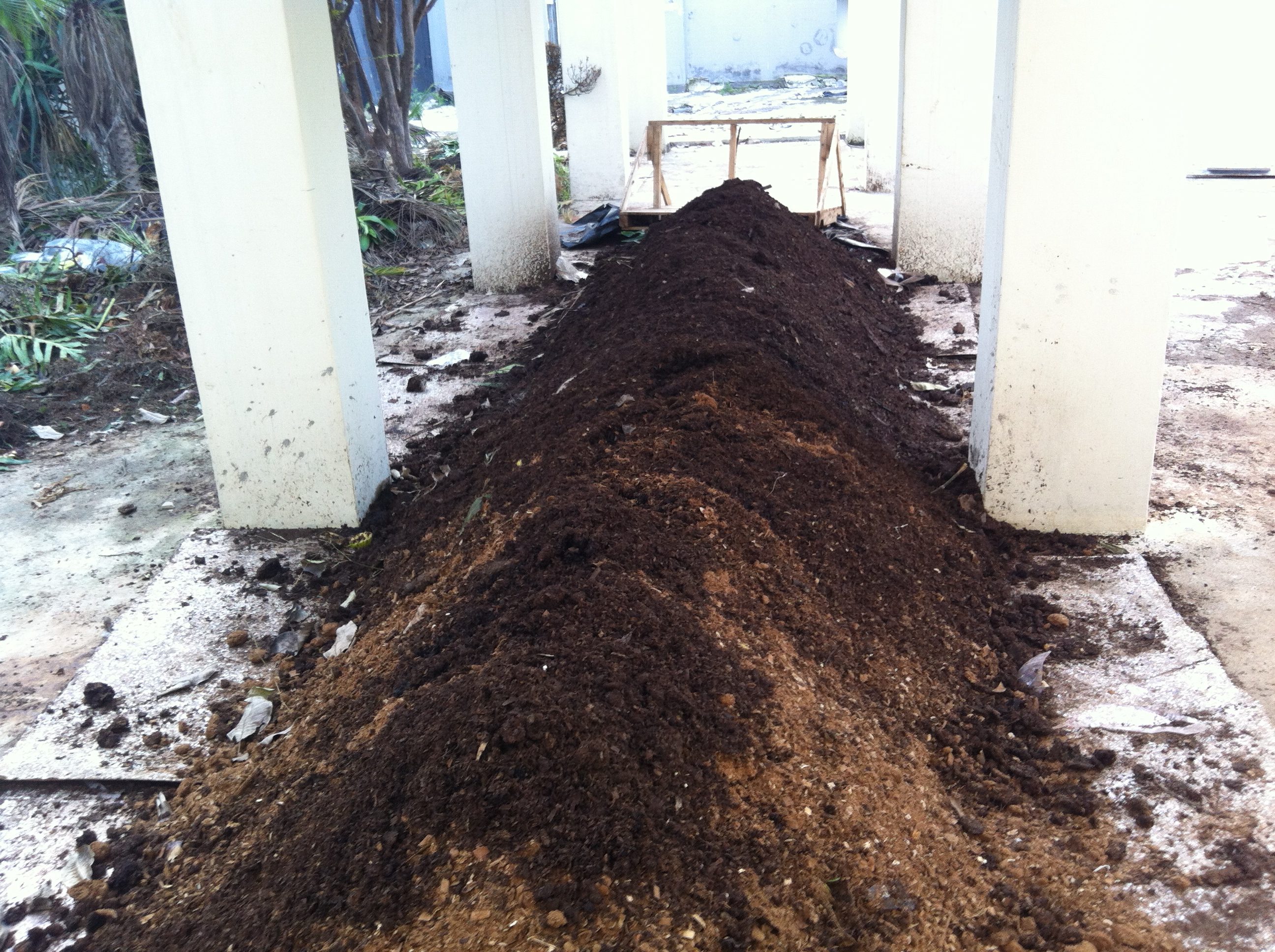

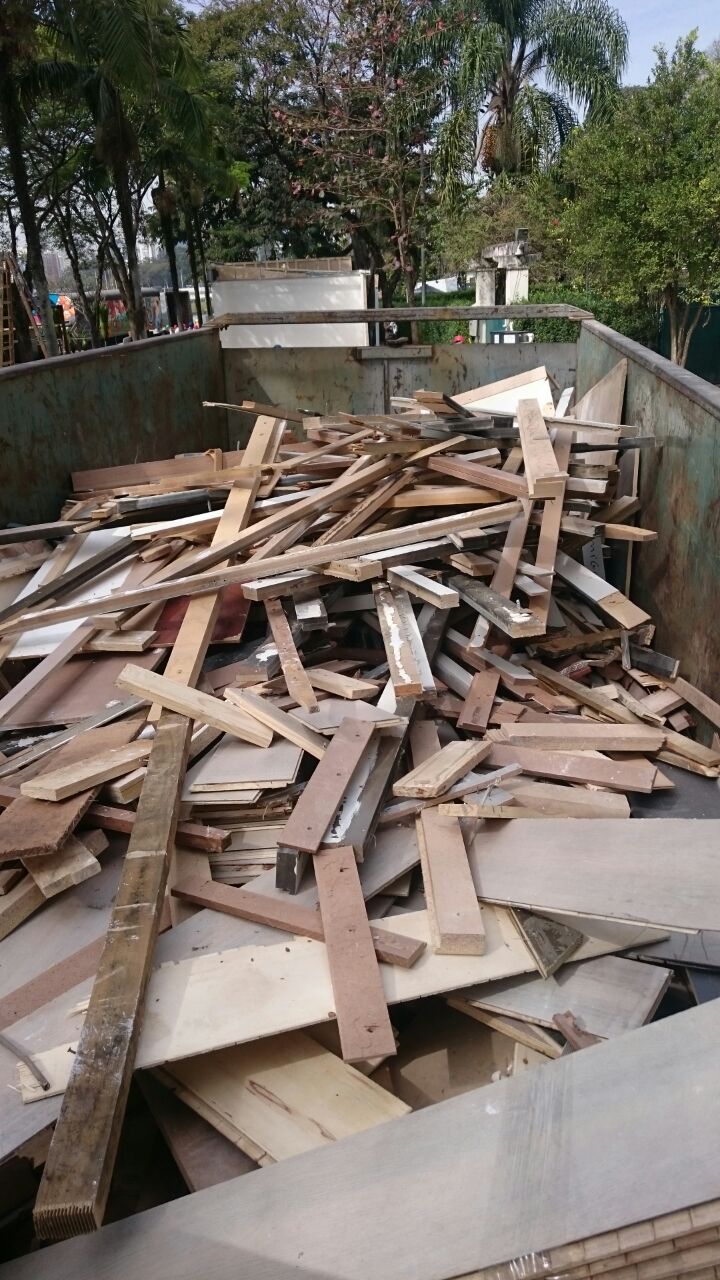

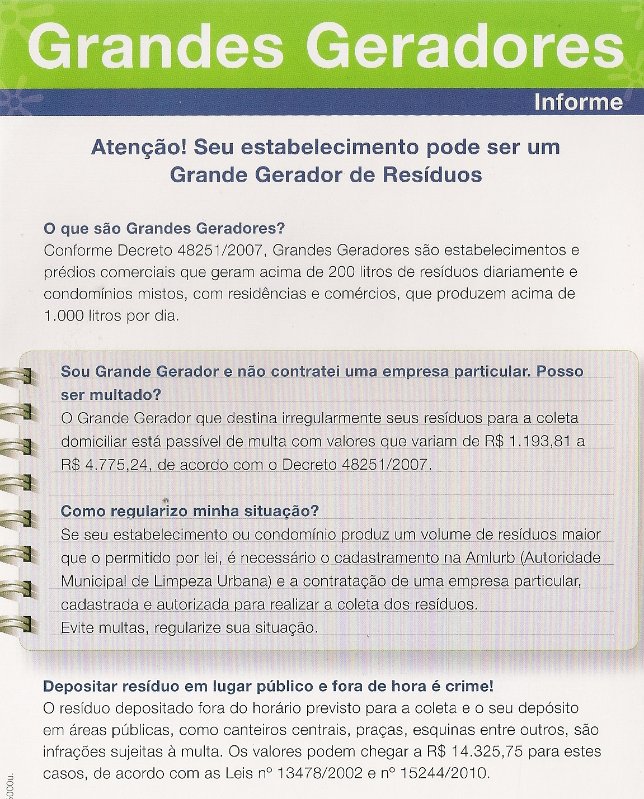
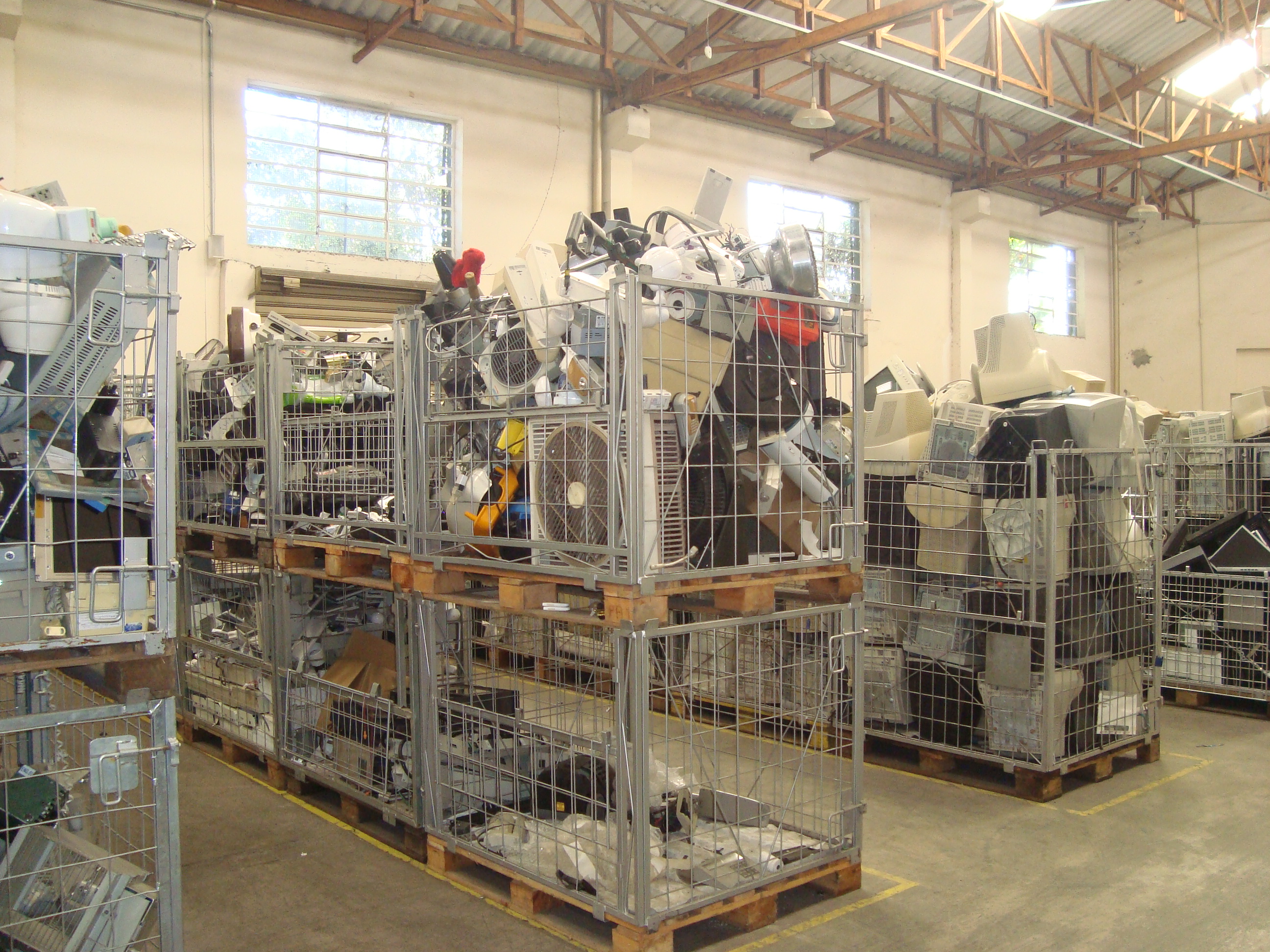
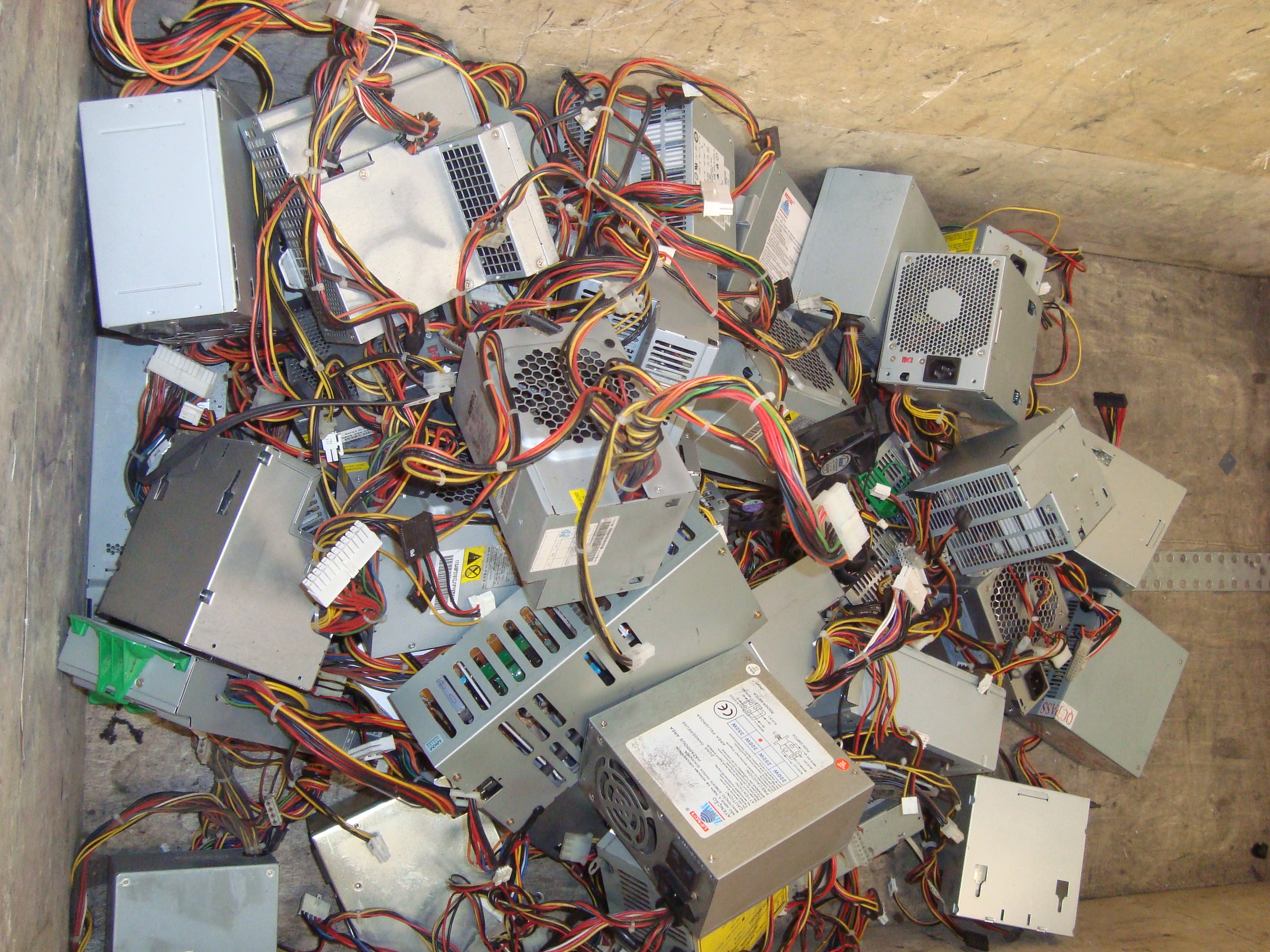
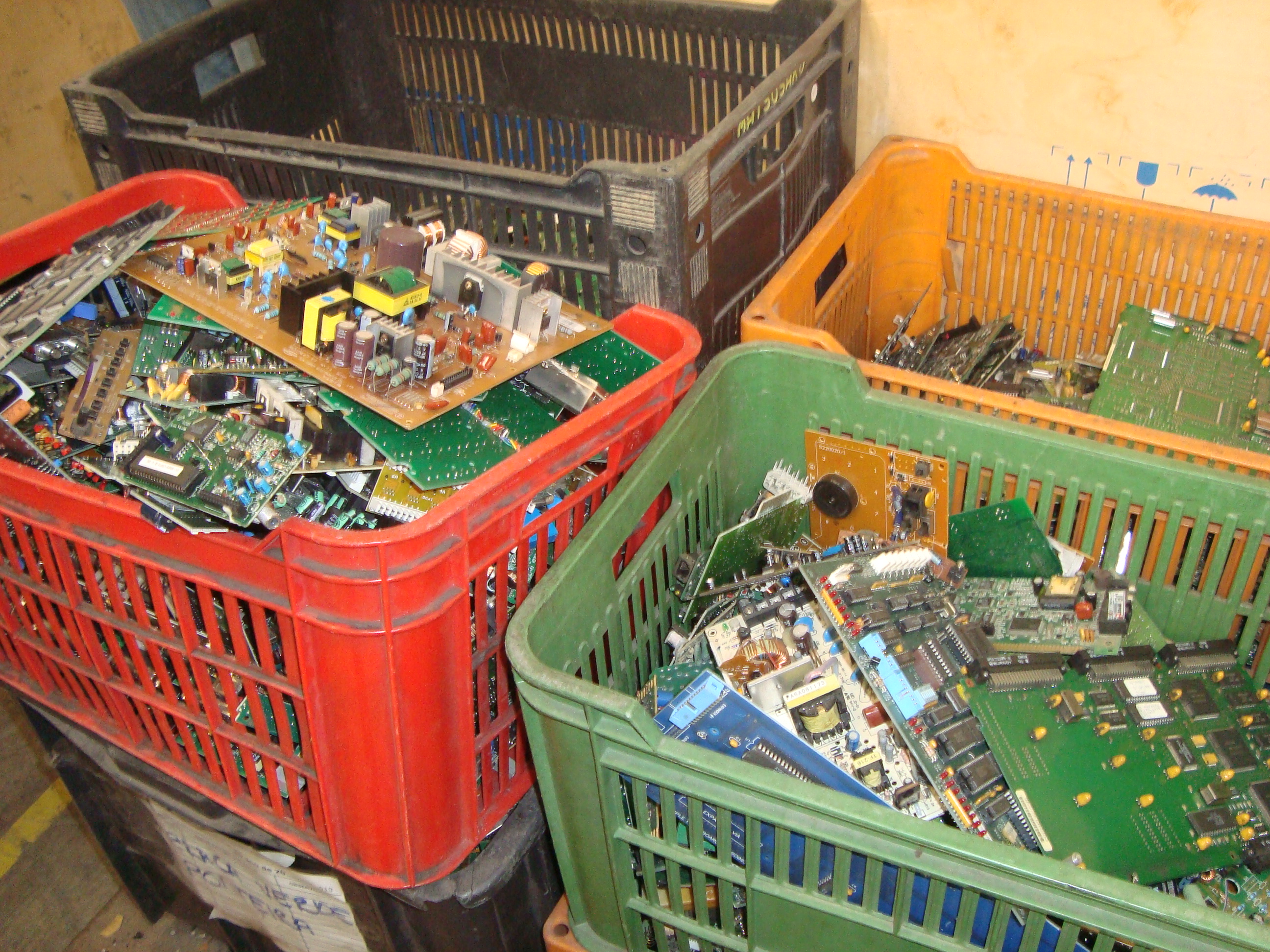
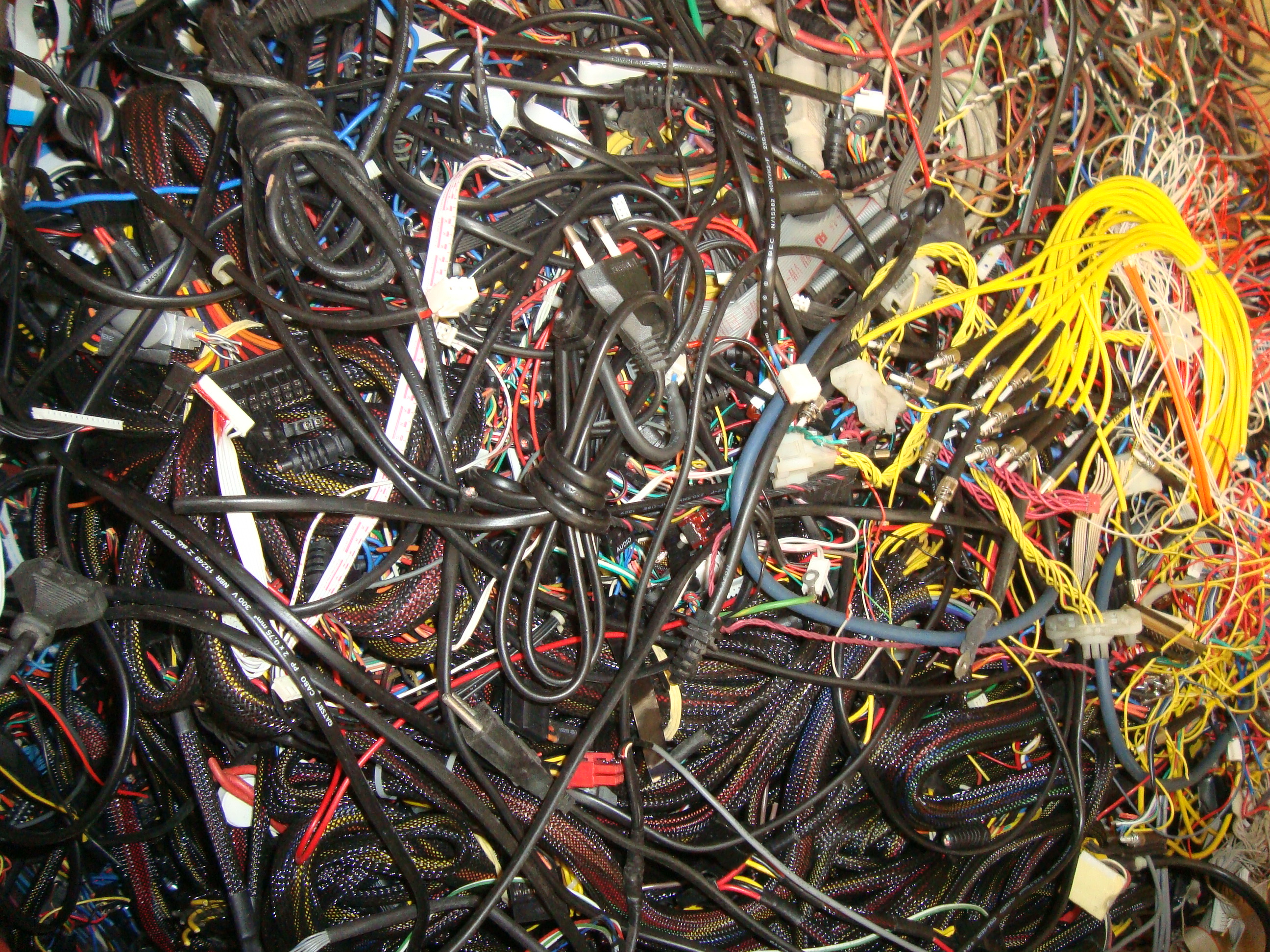
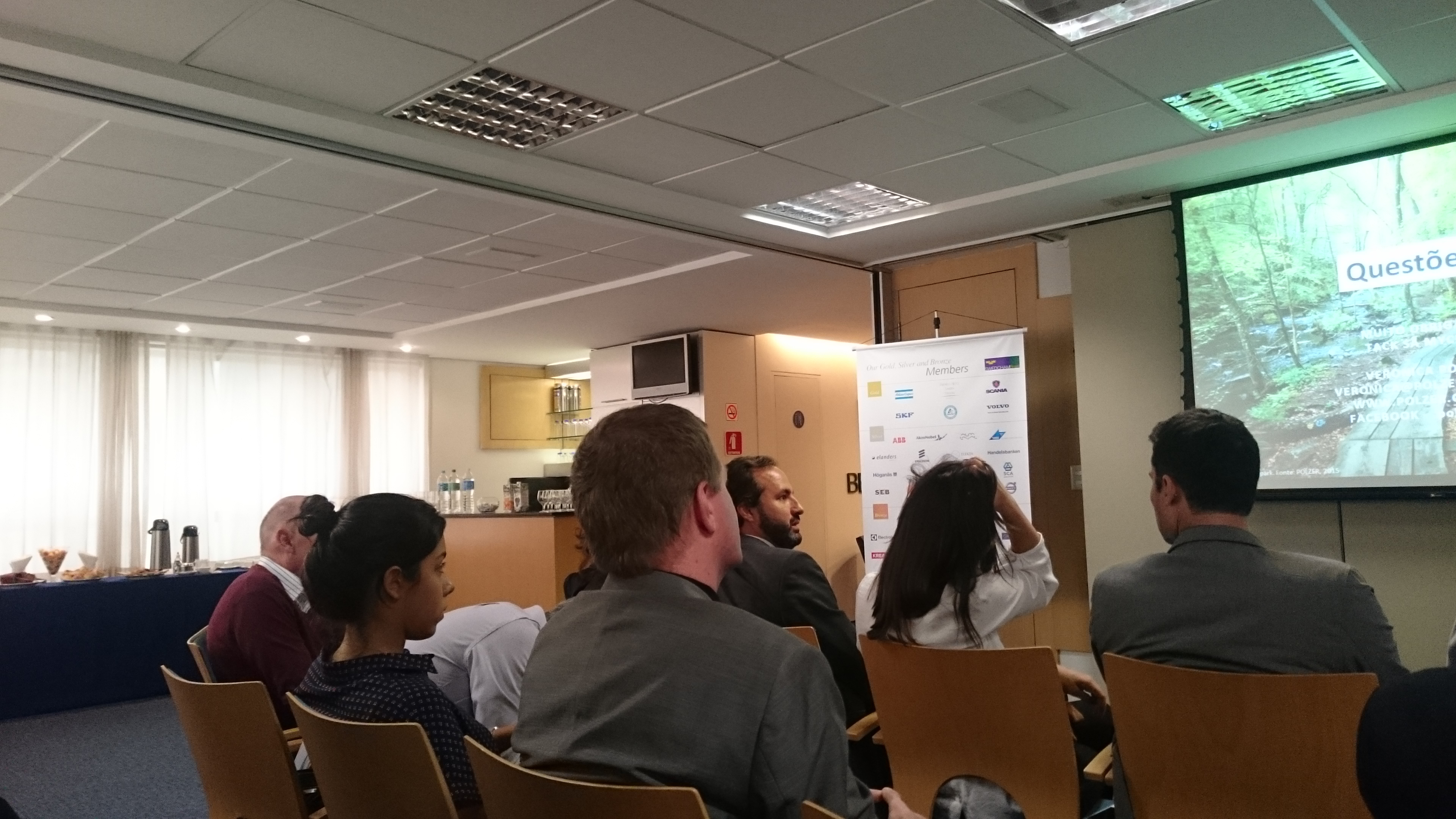

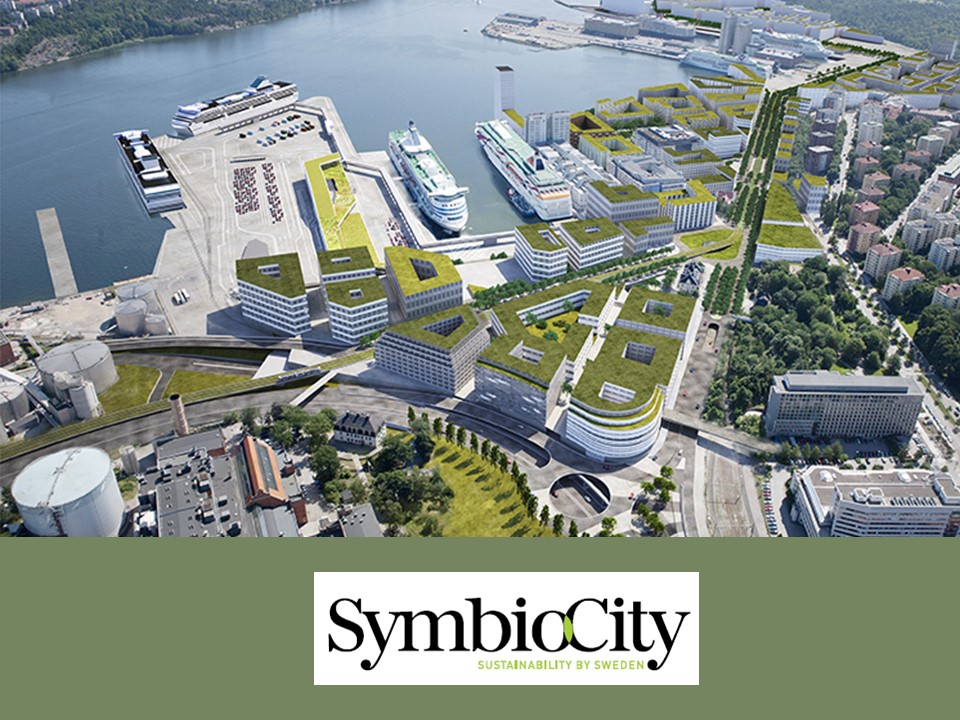
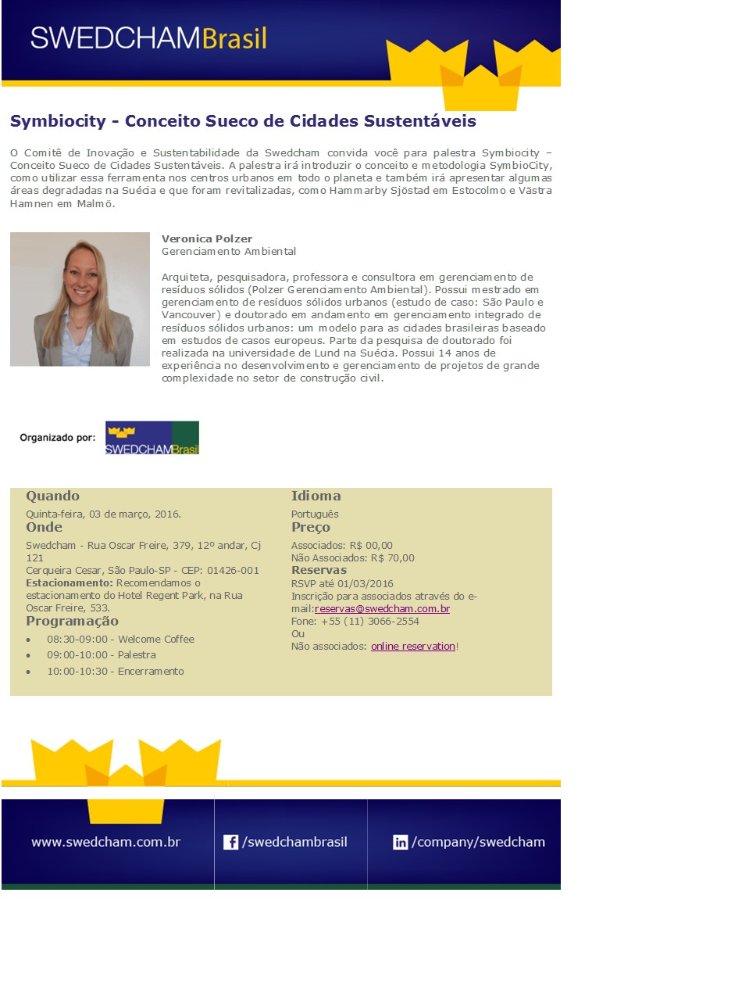

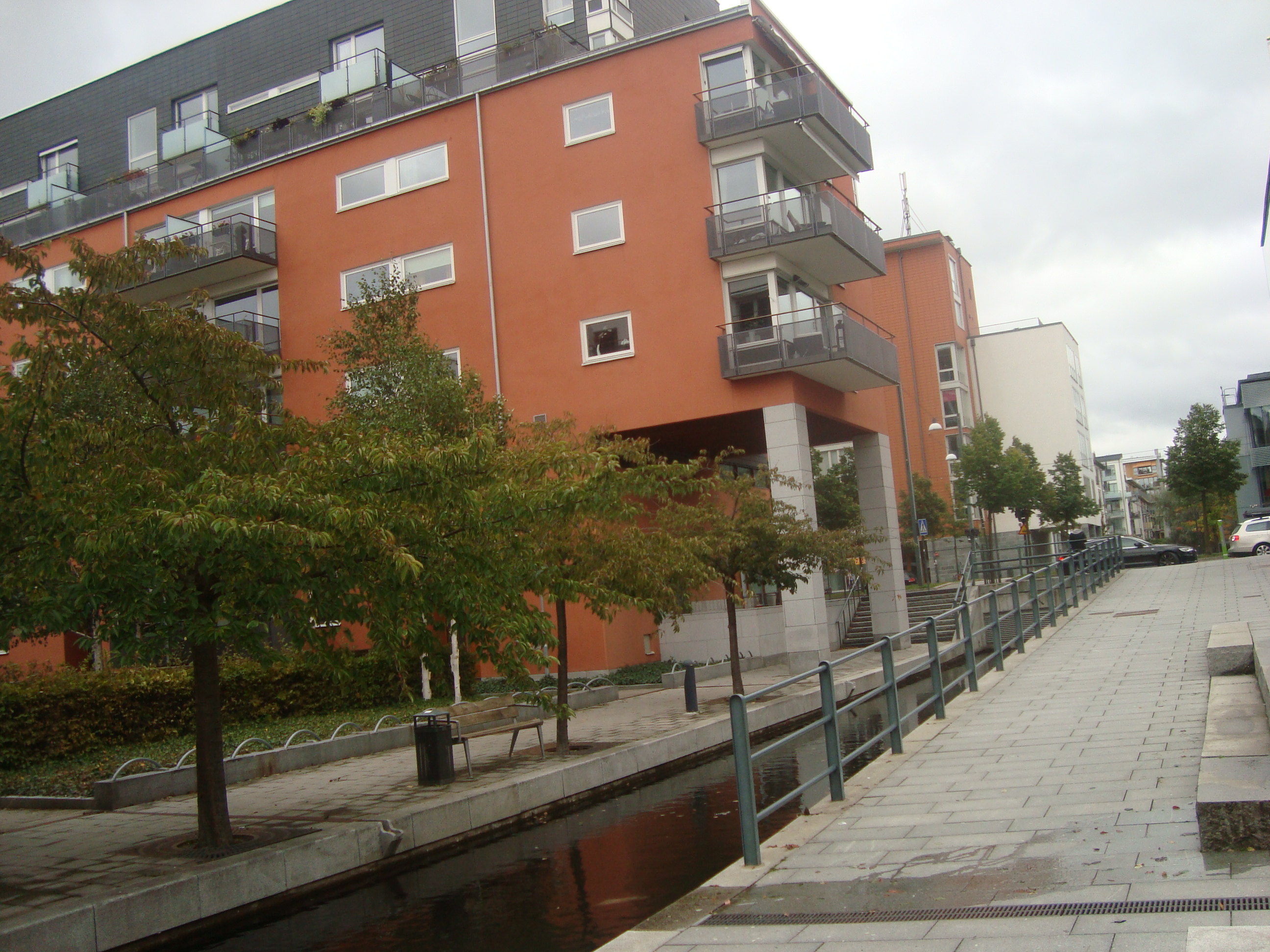
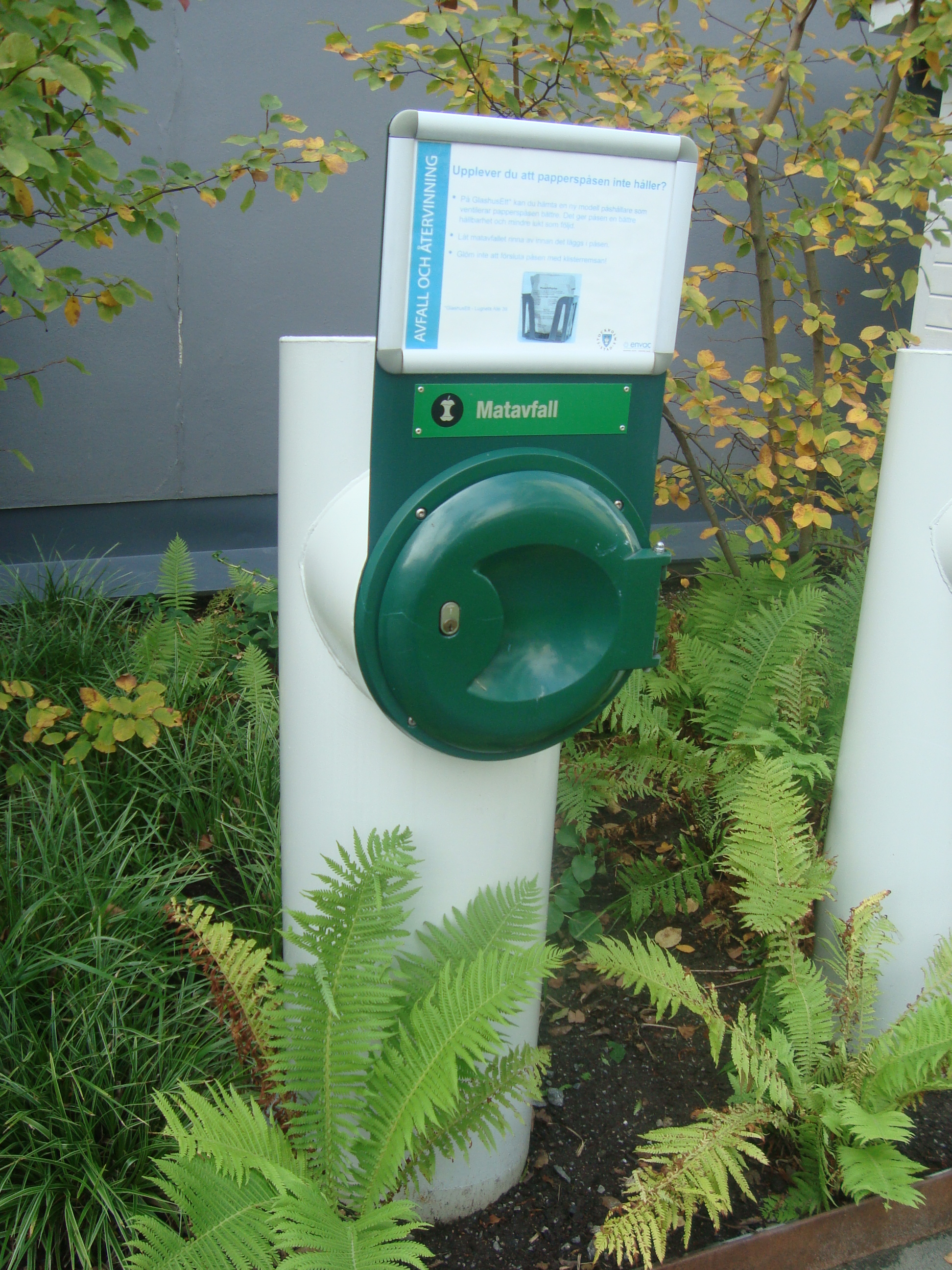
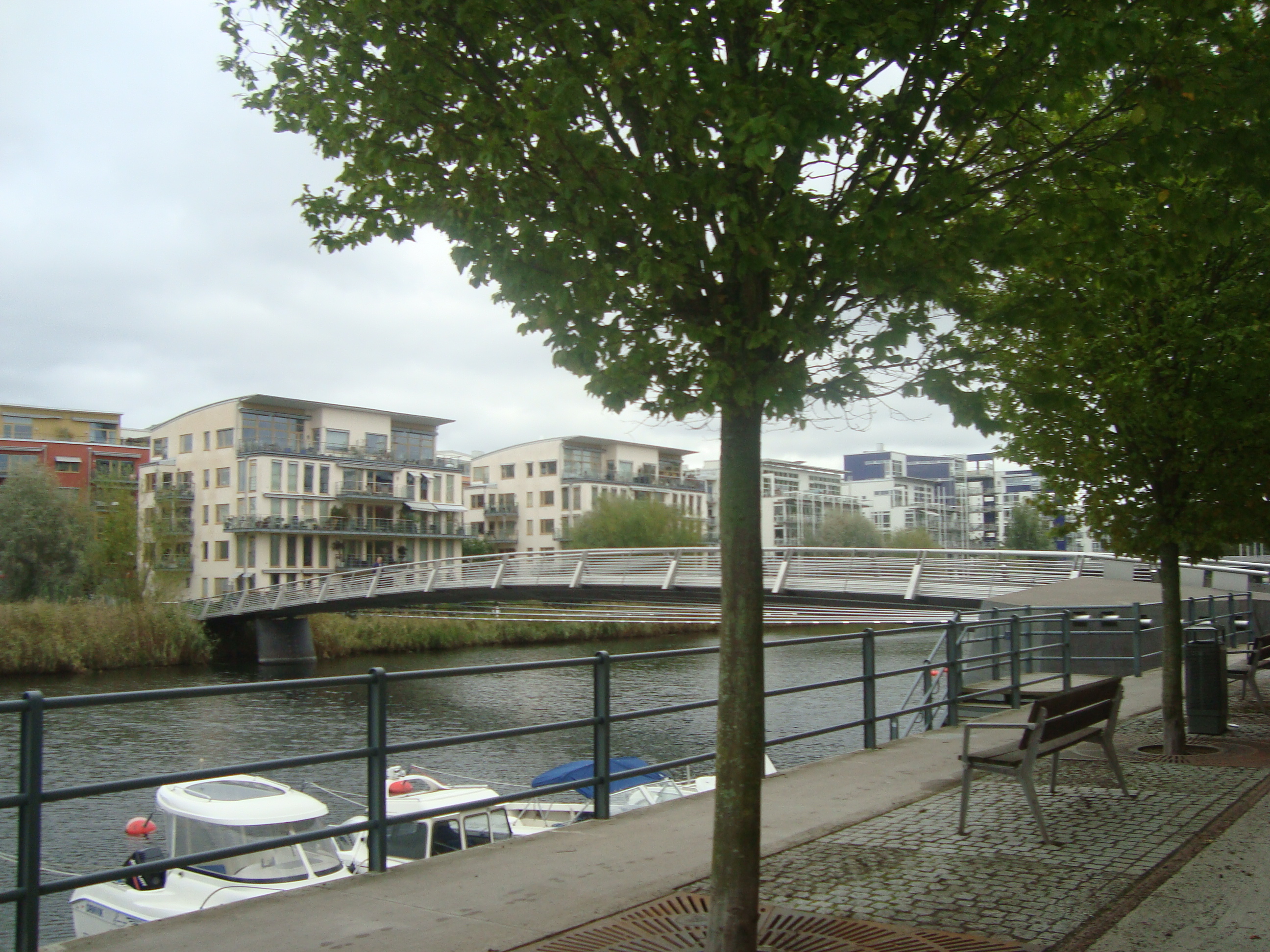
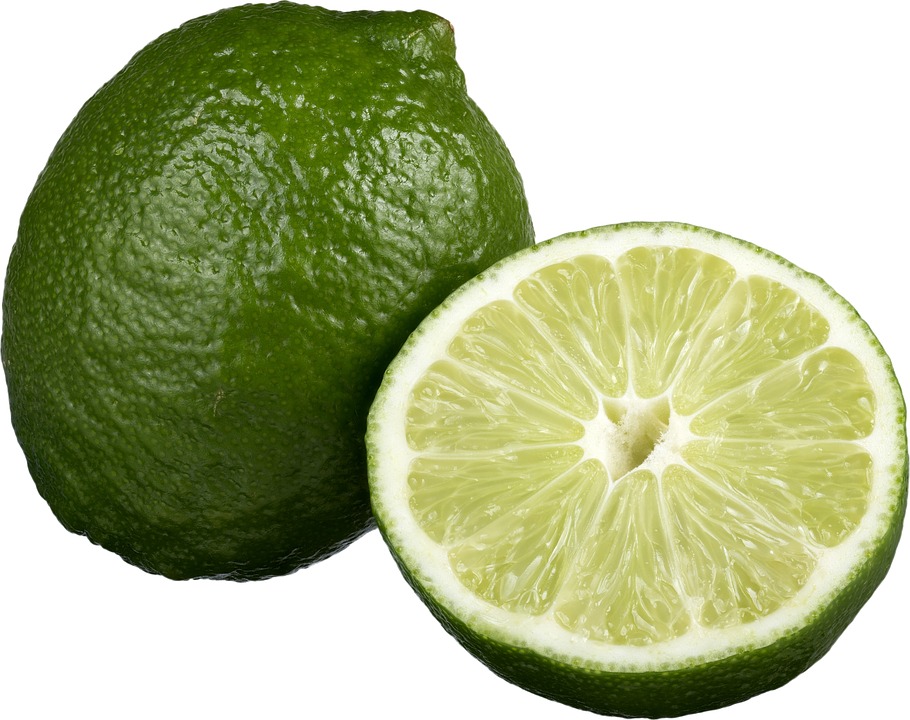
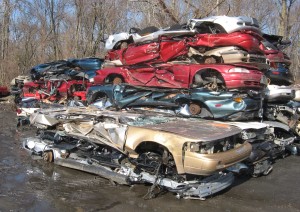
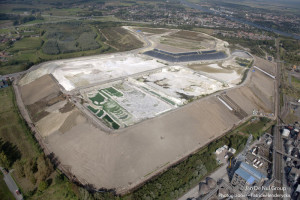


 Português
Português
Recent Comments